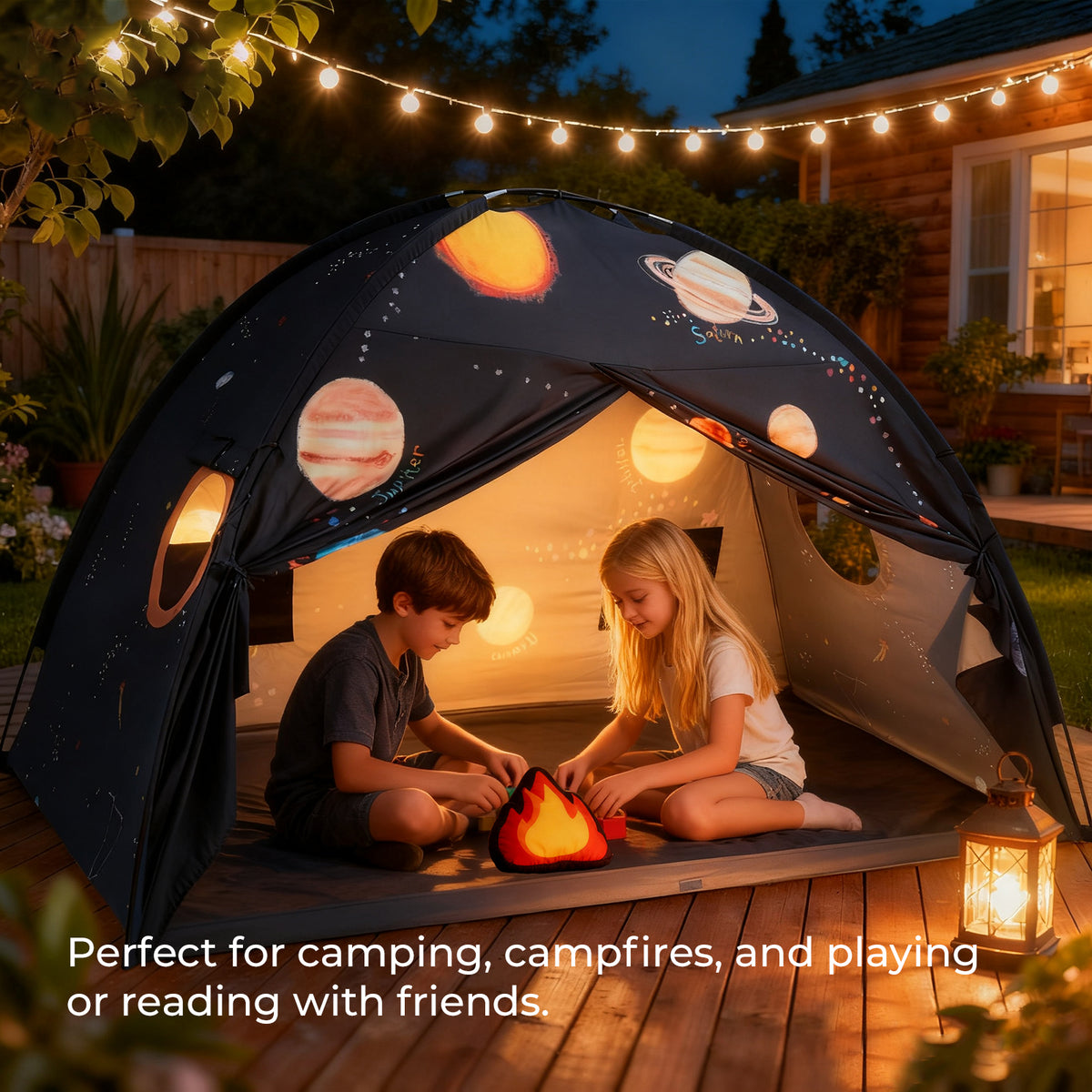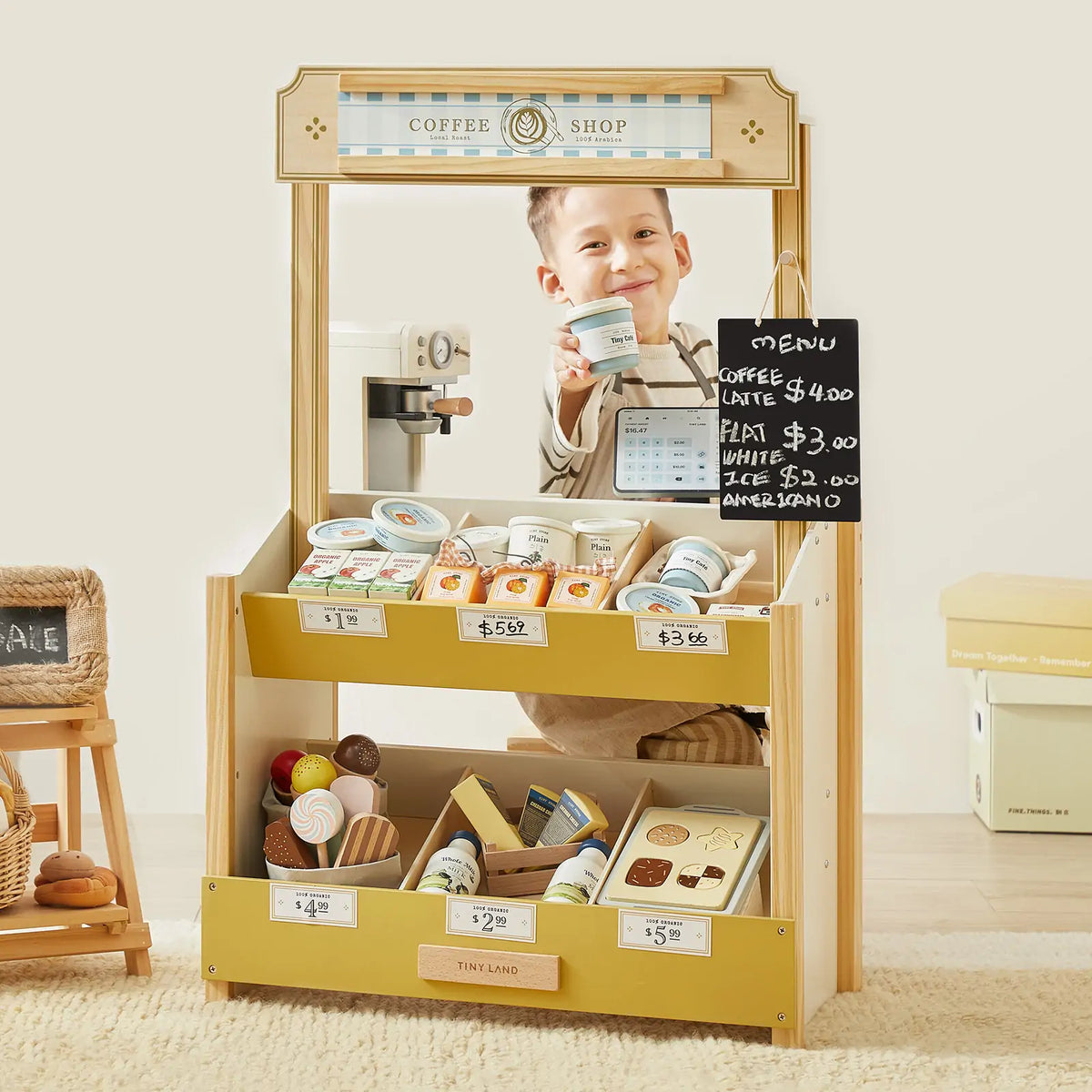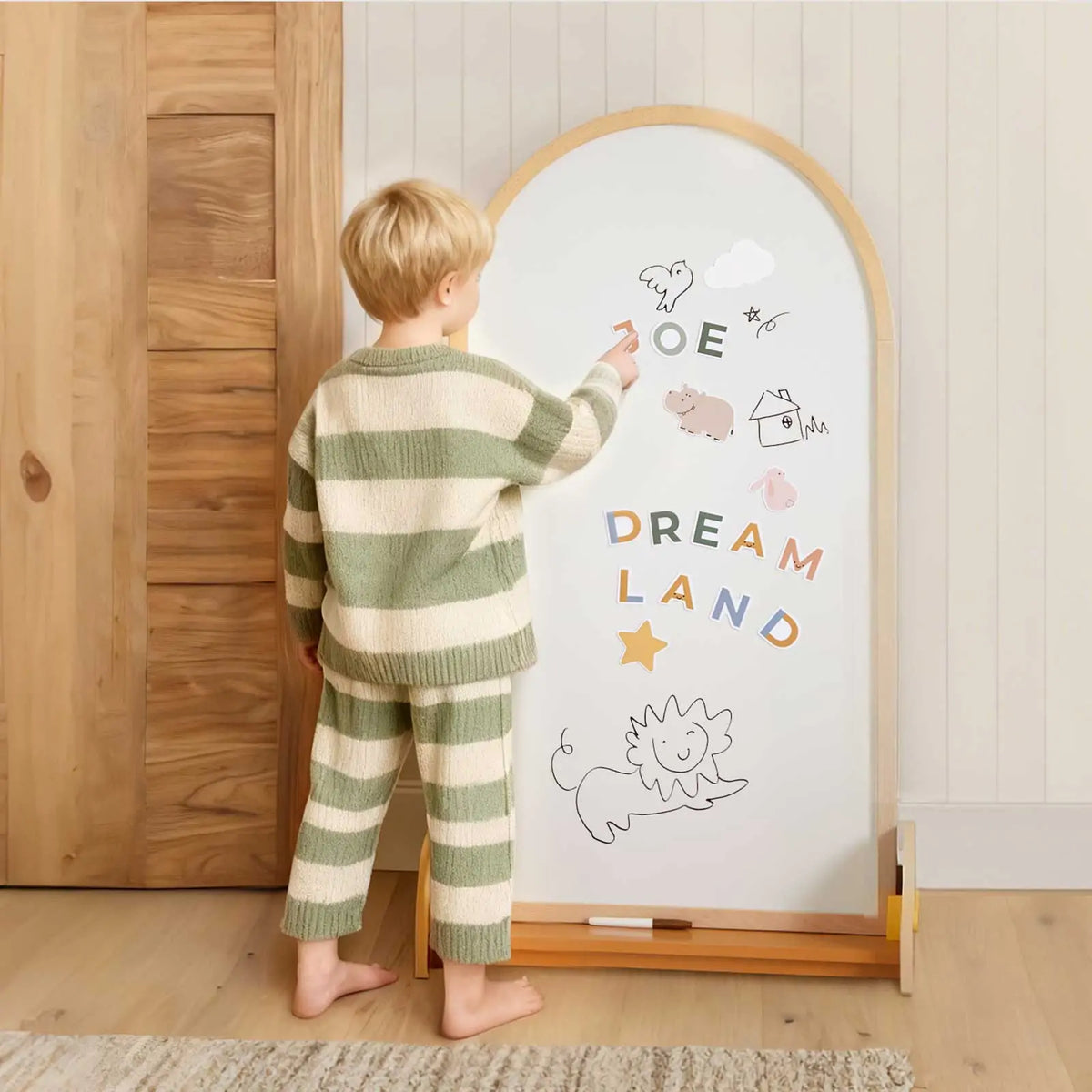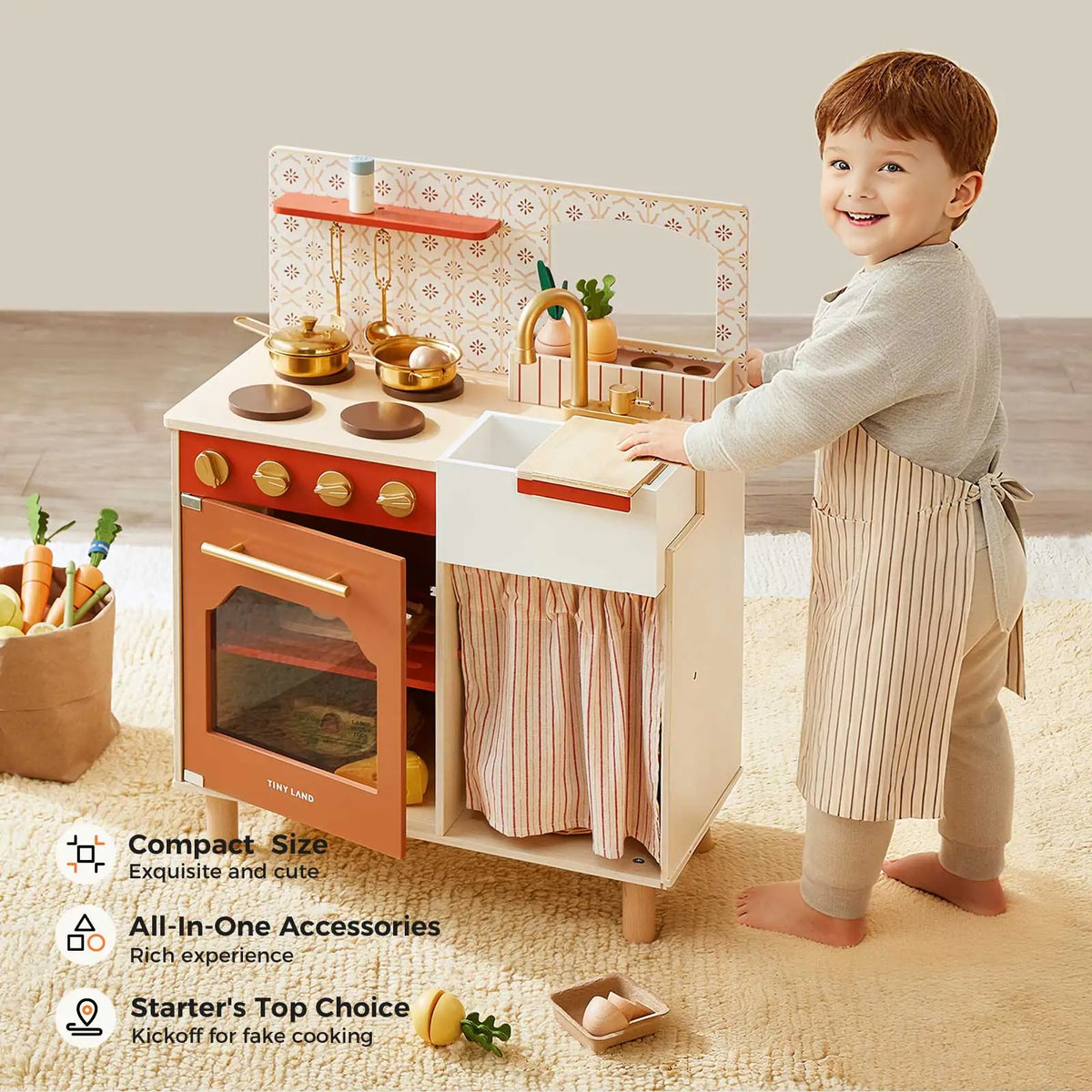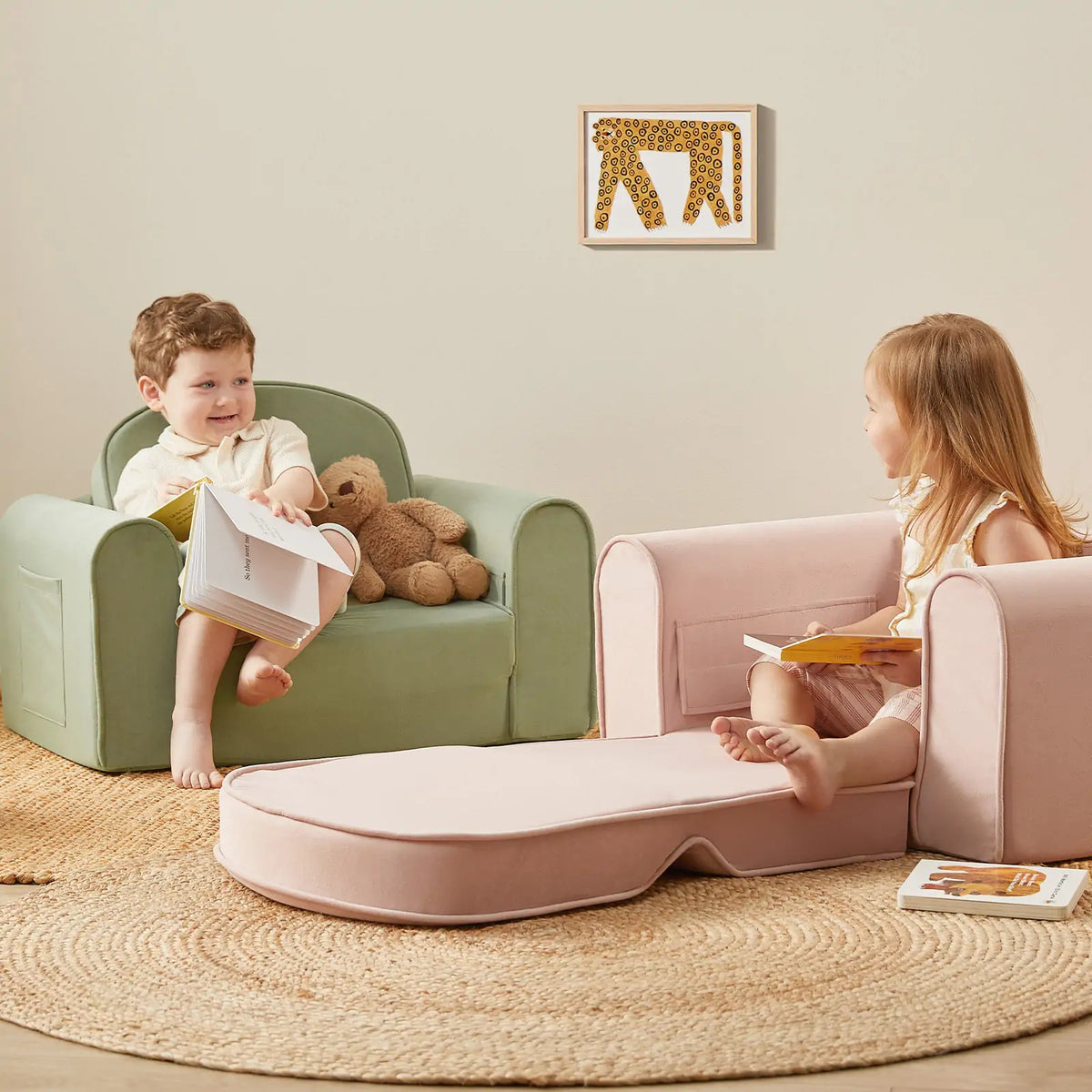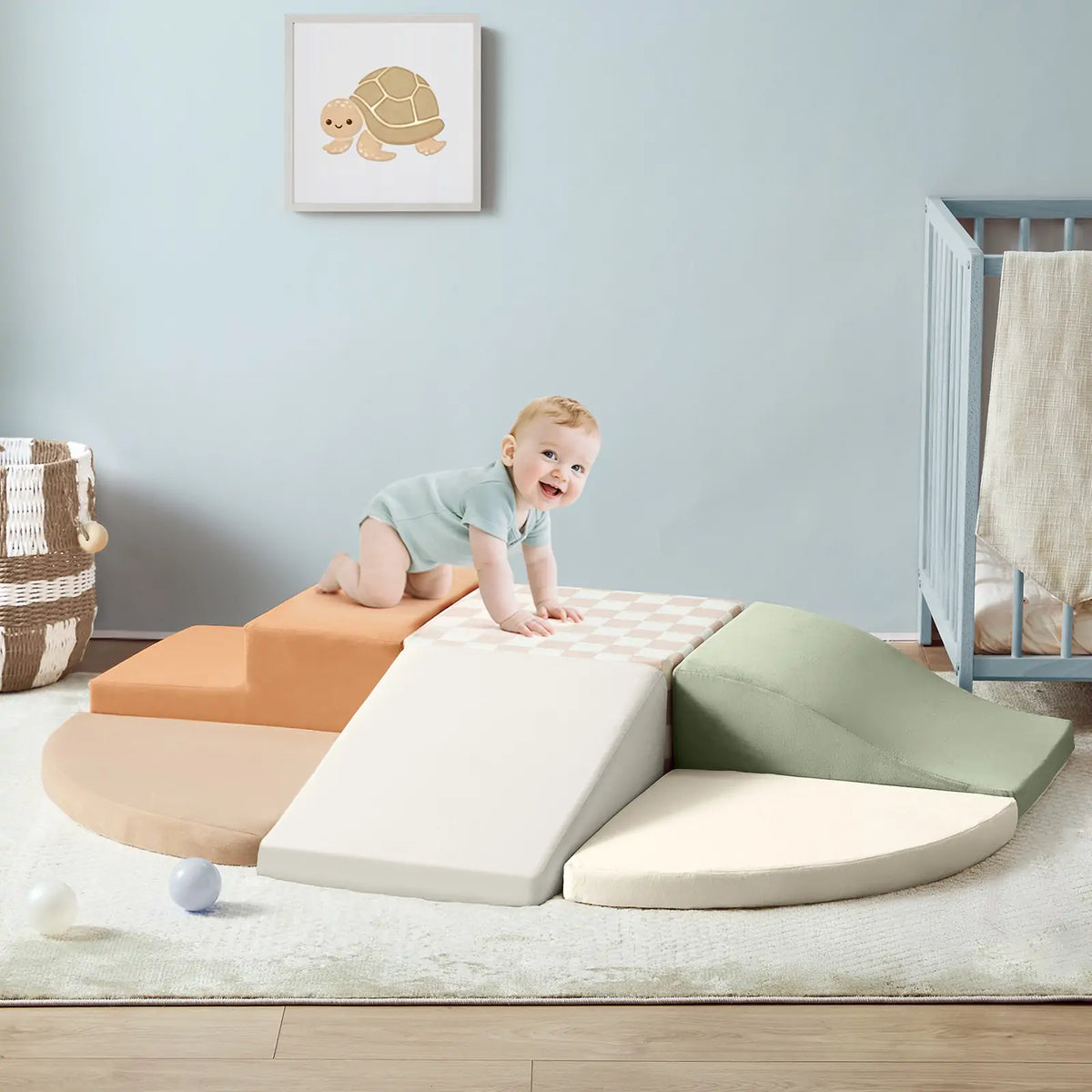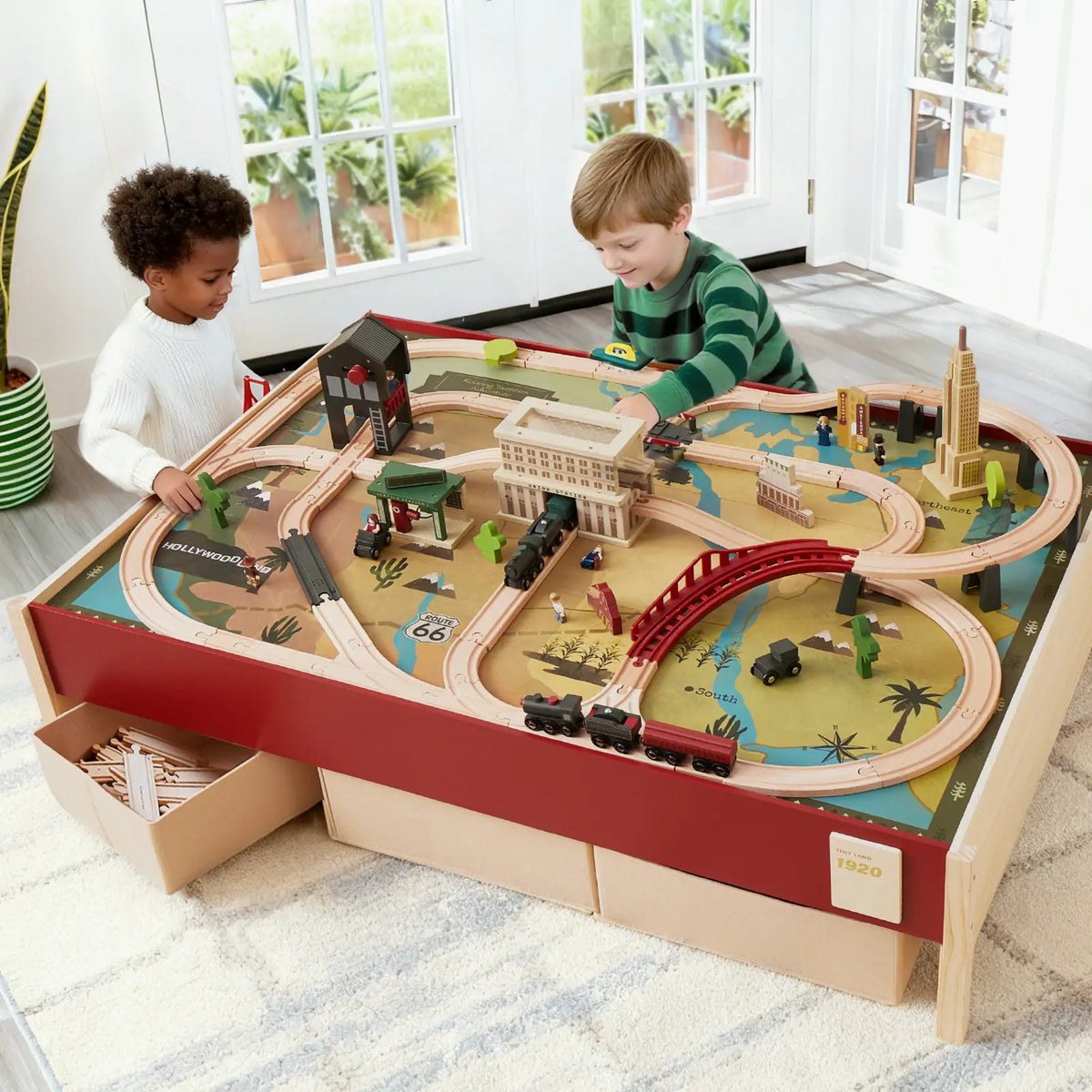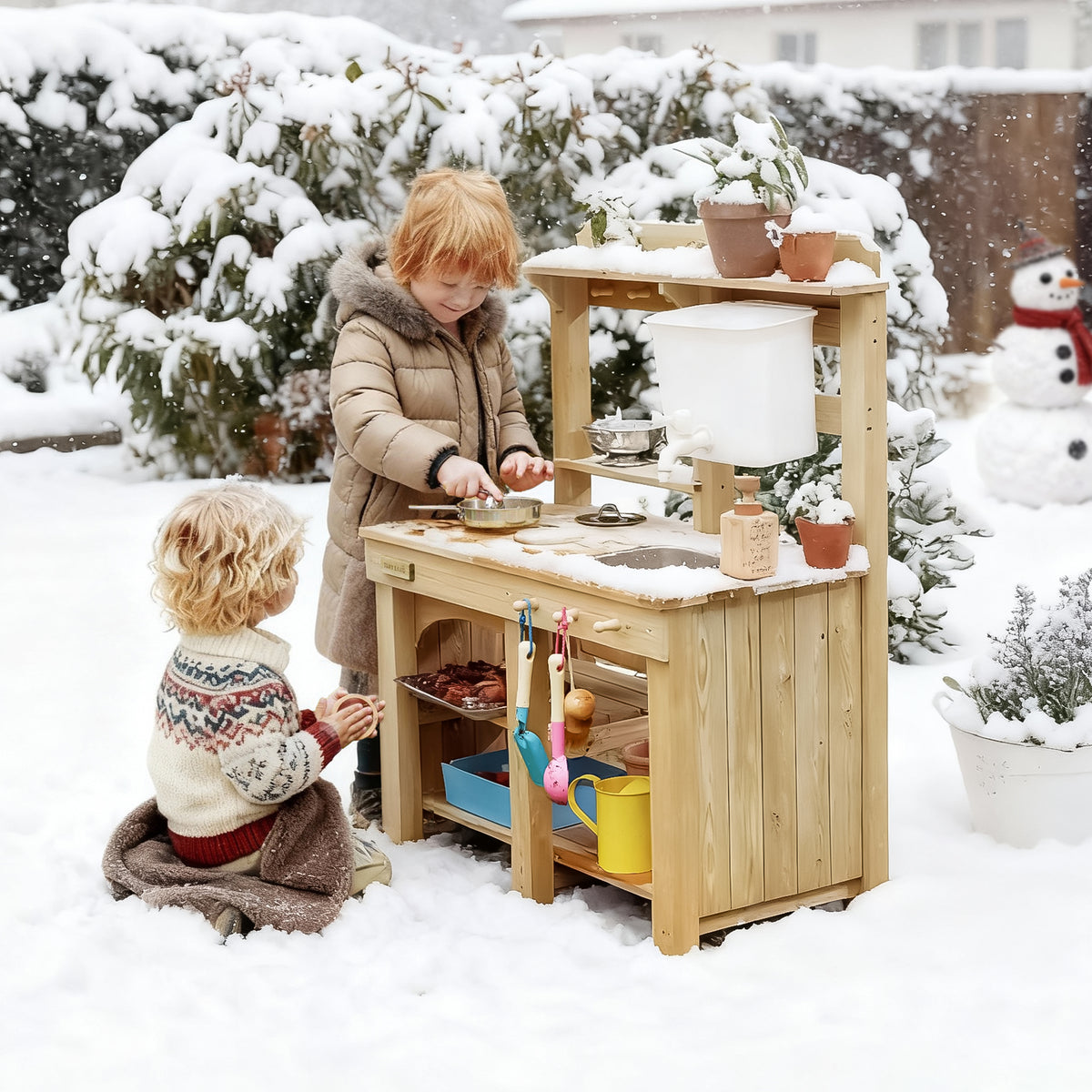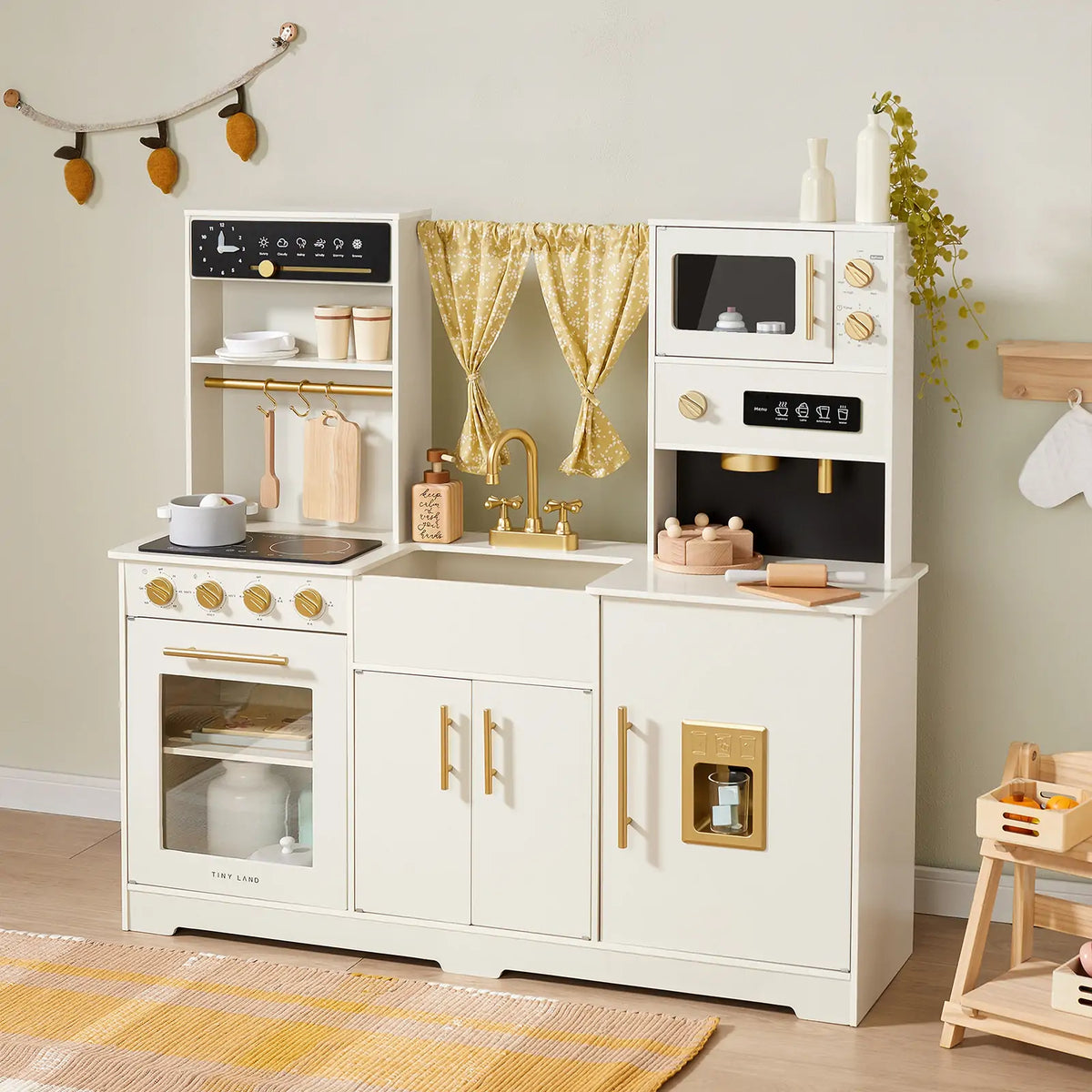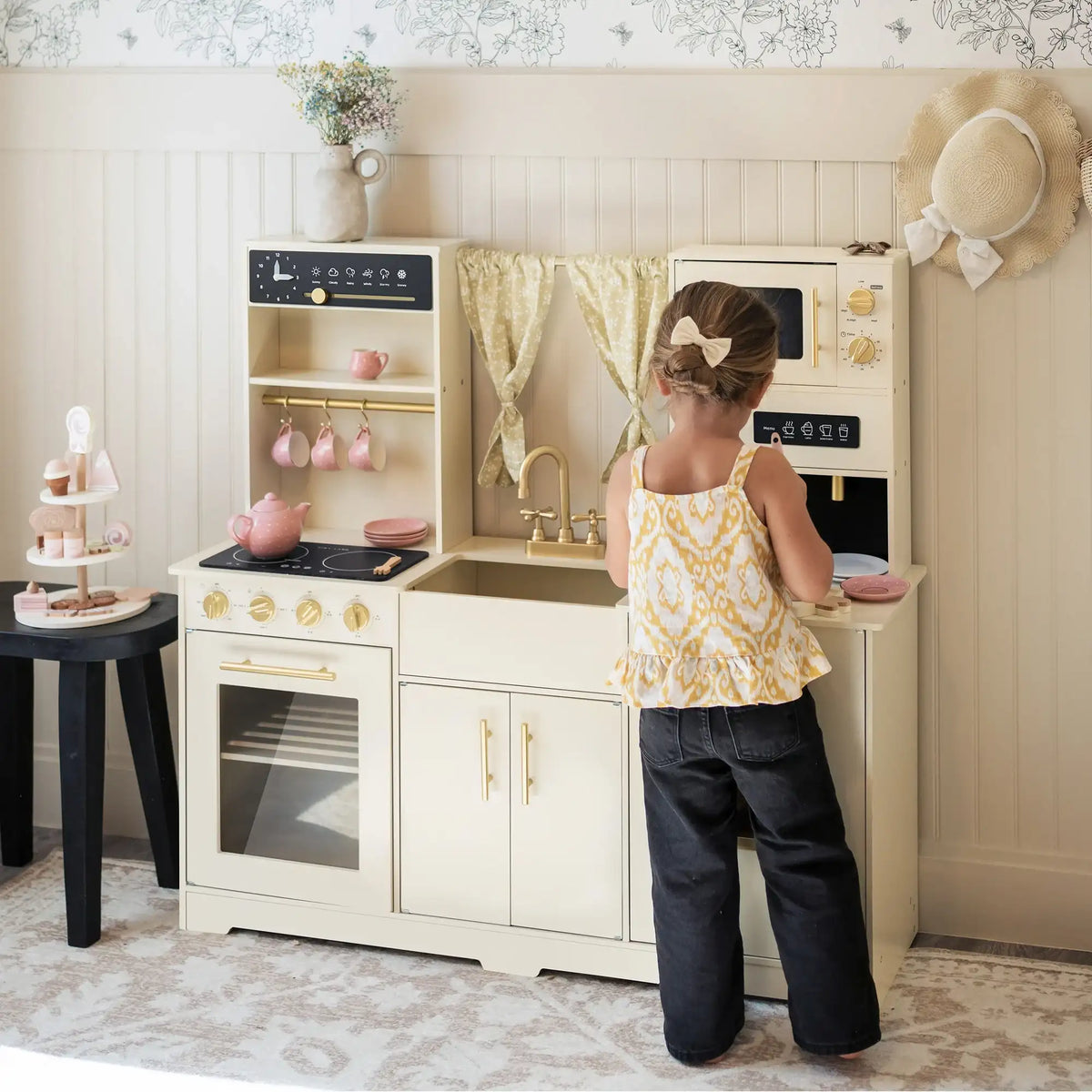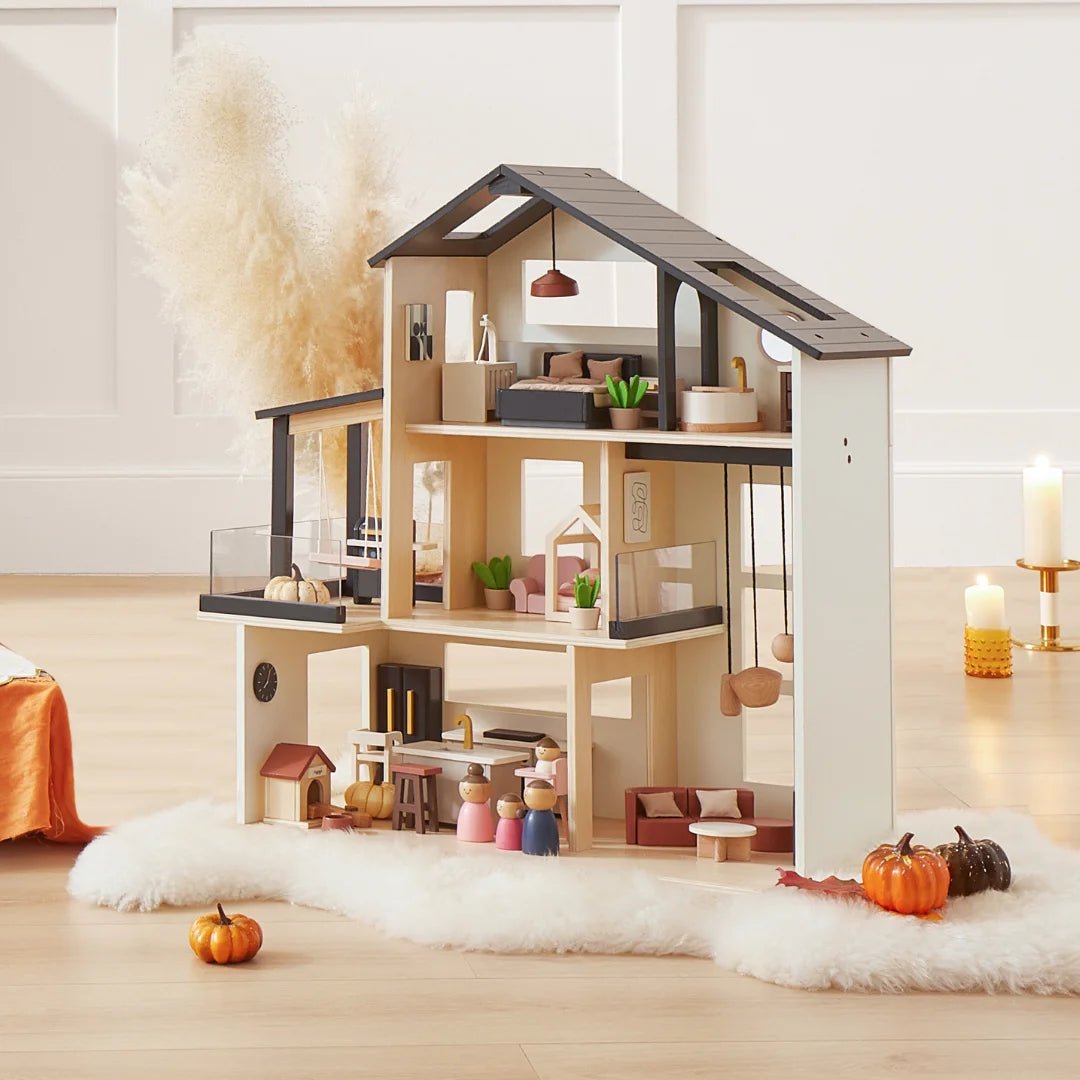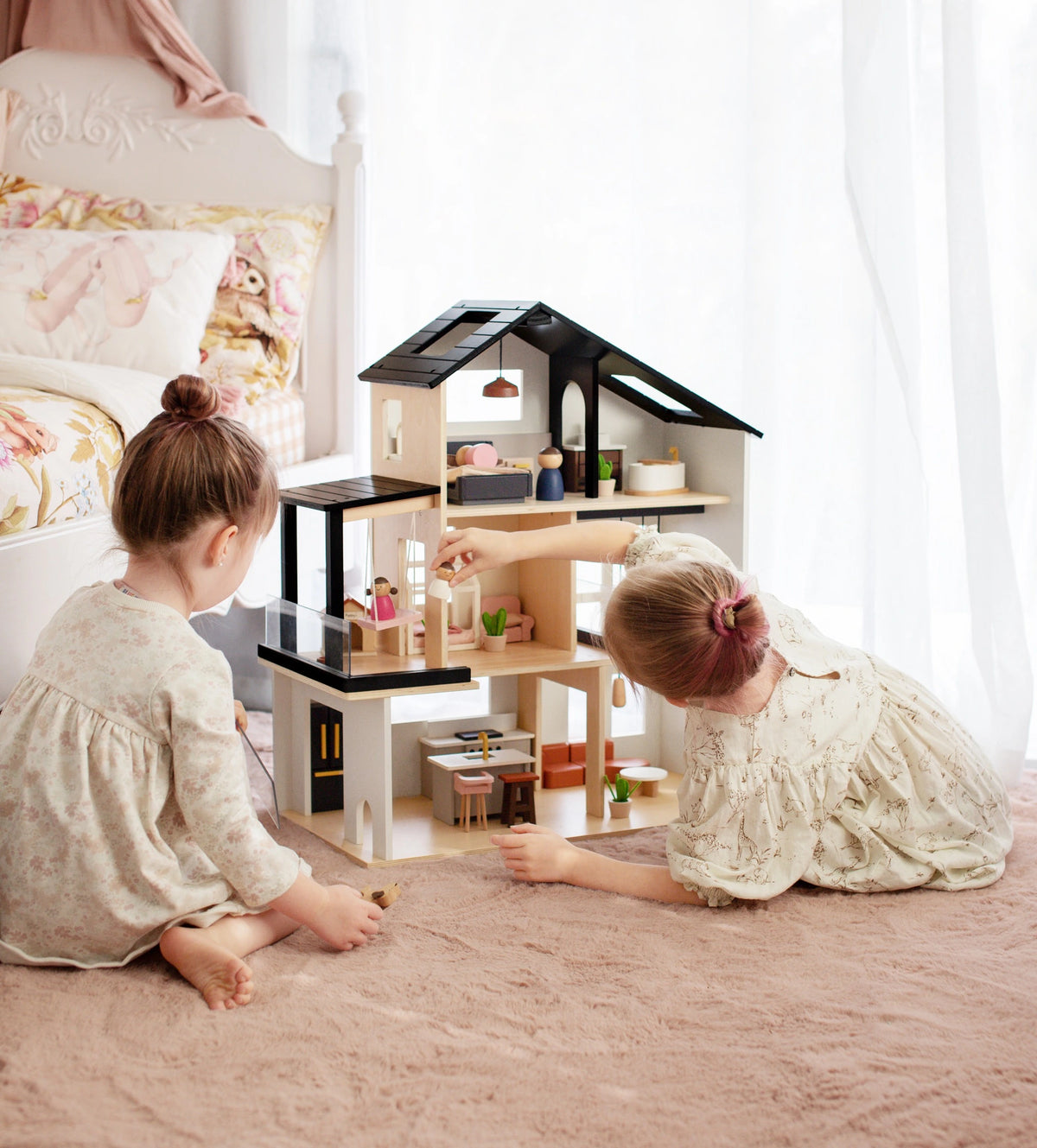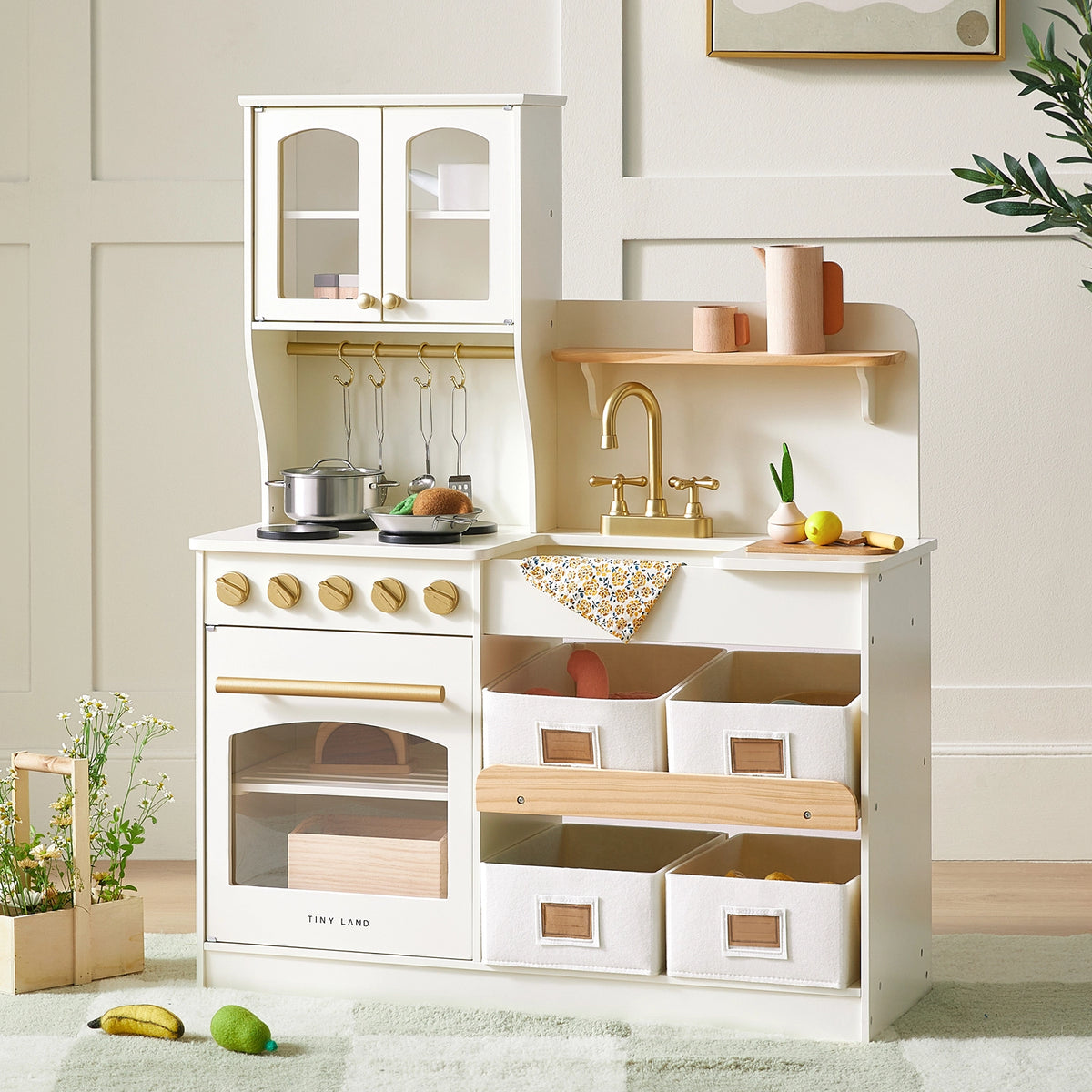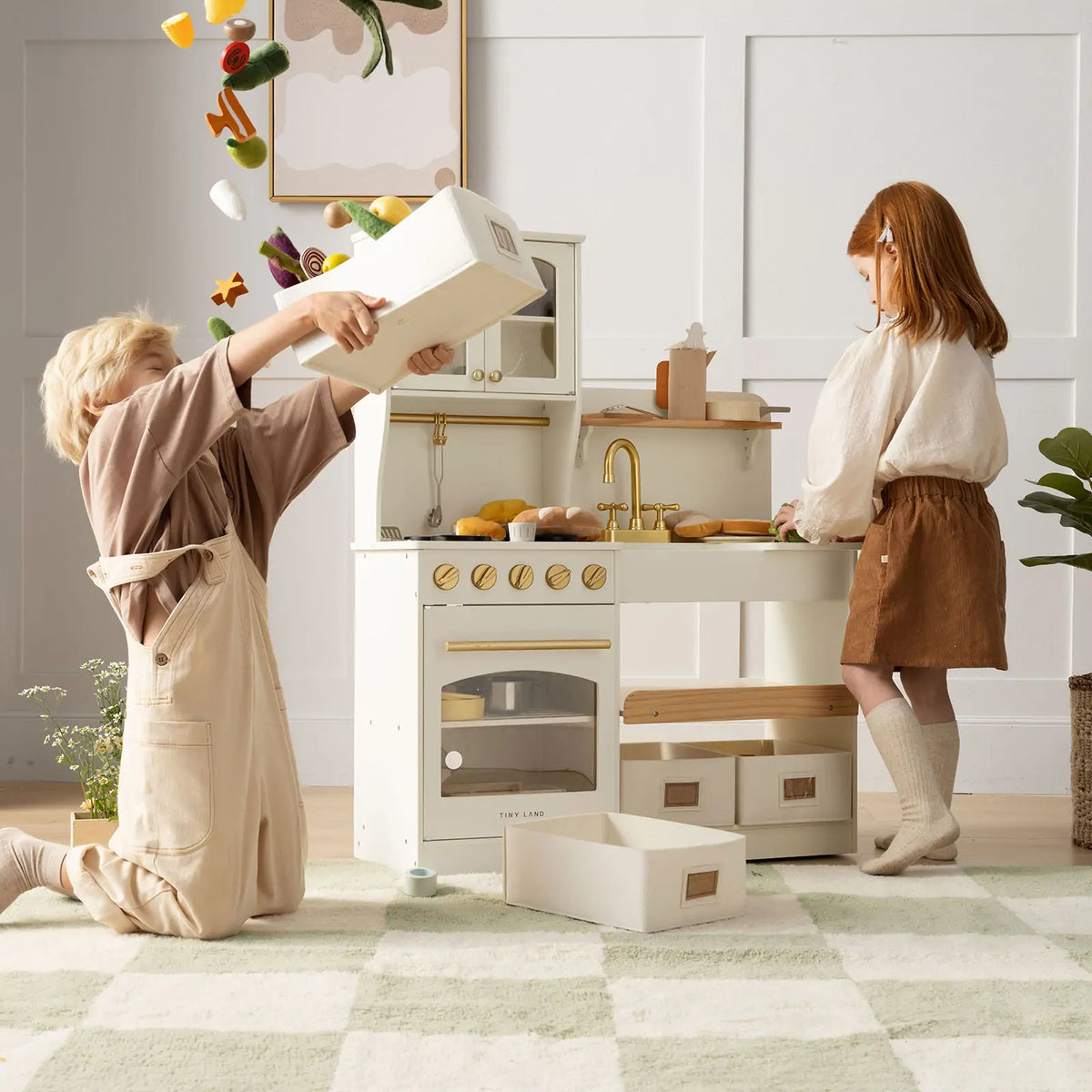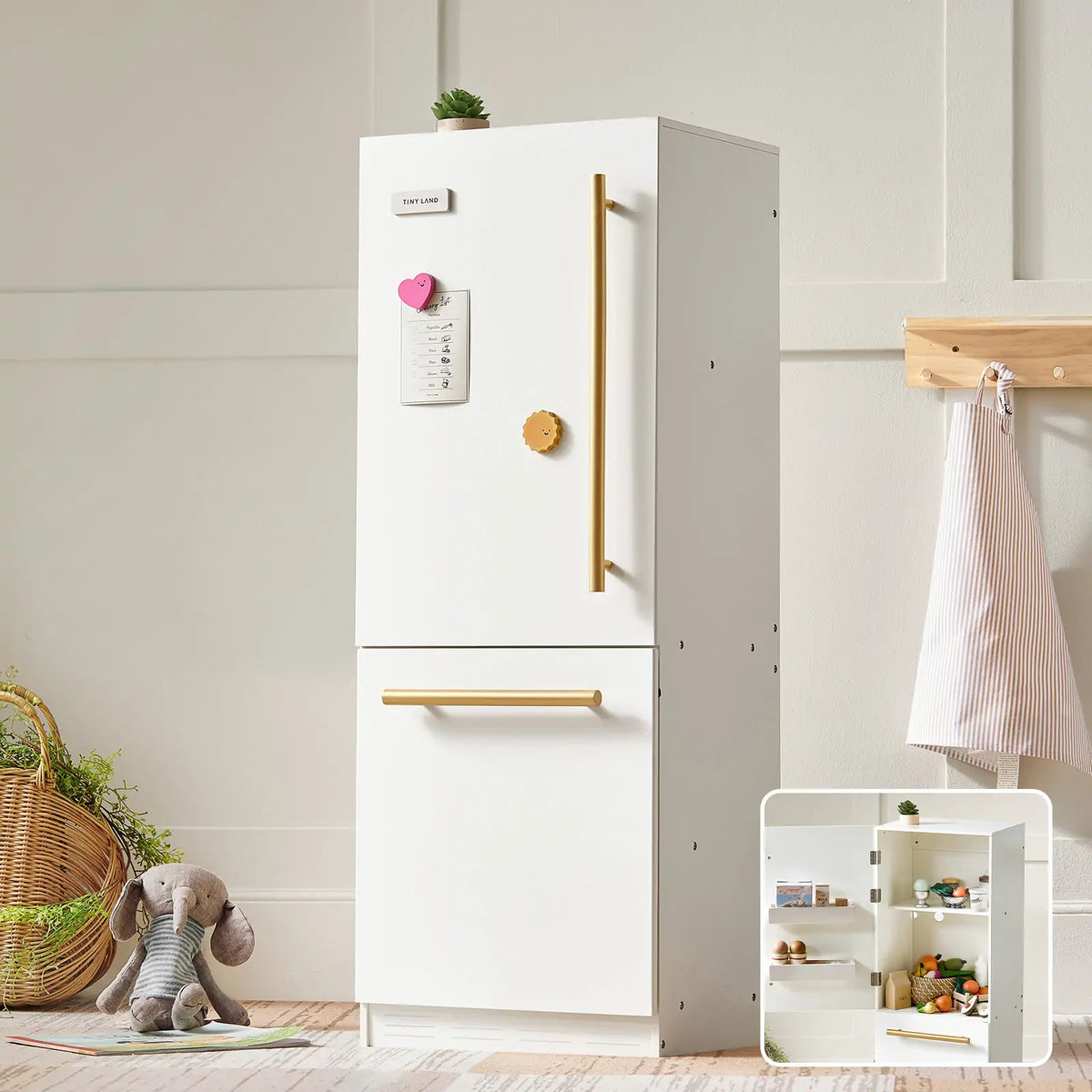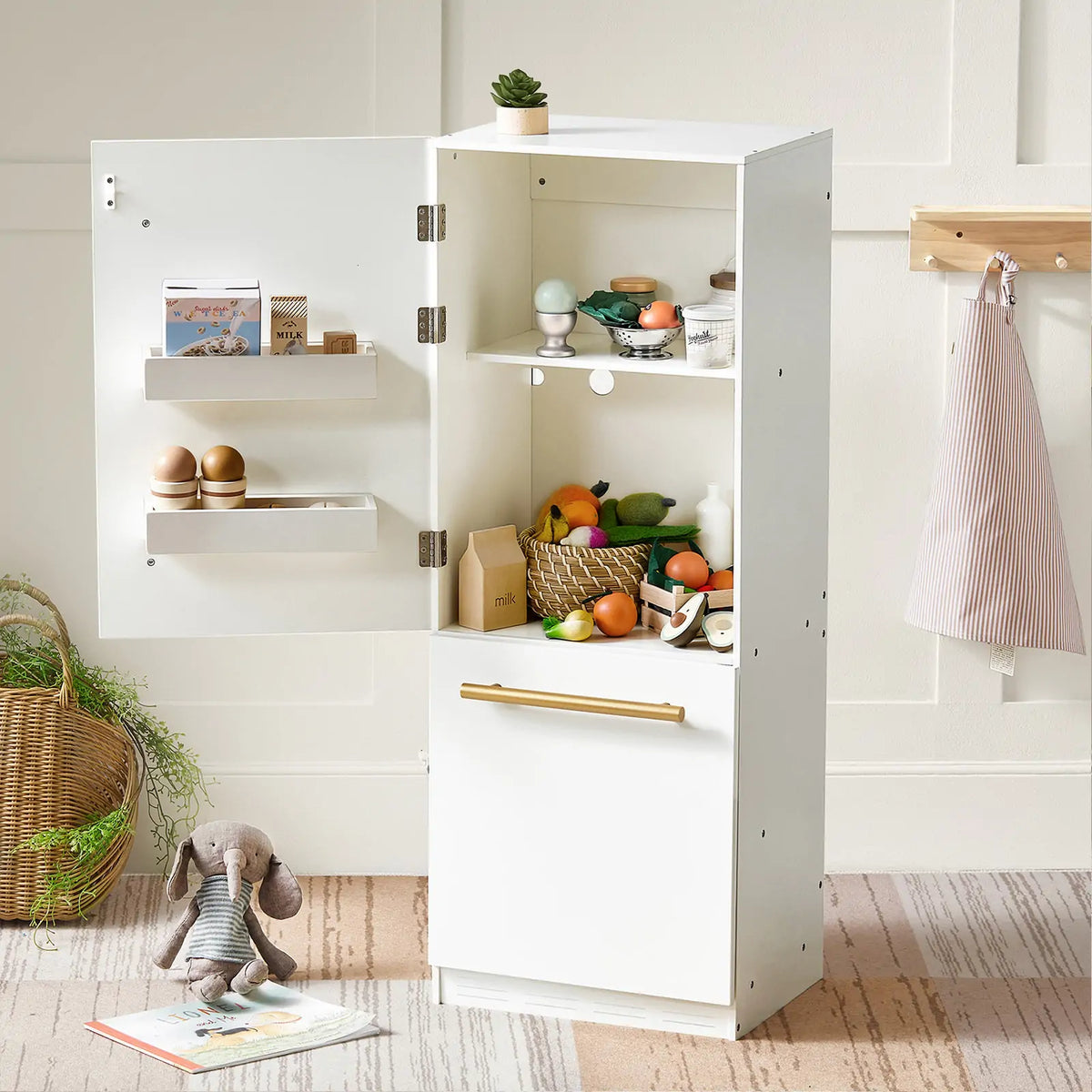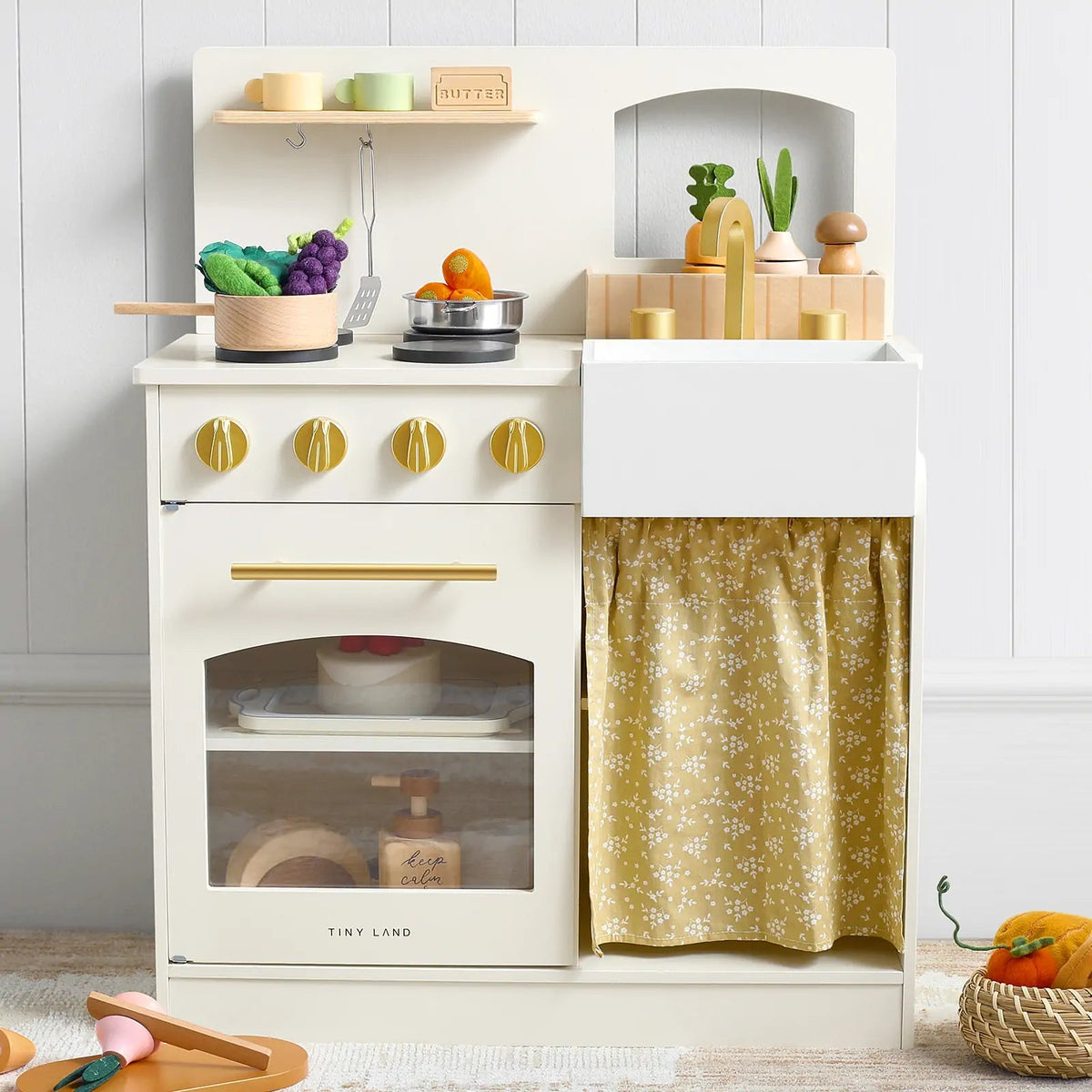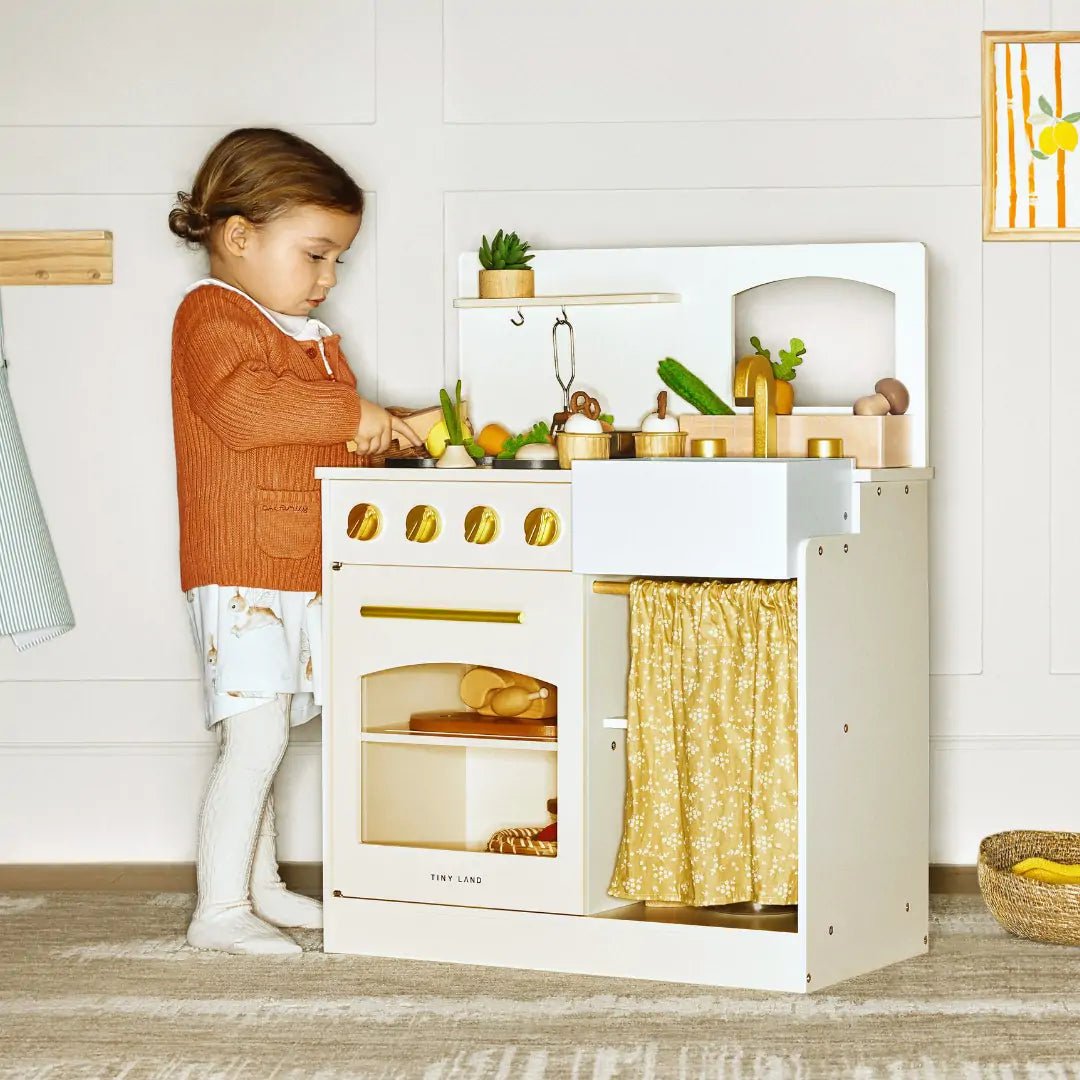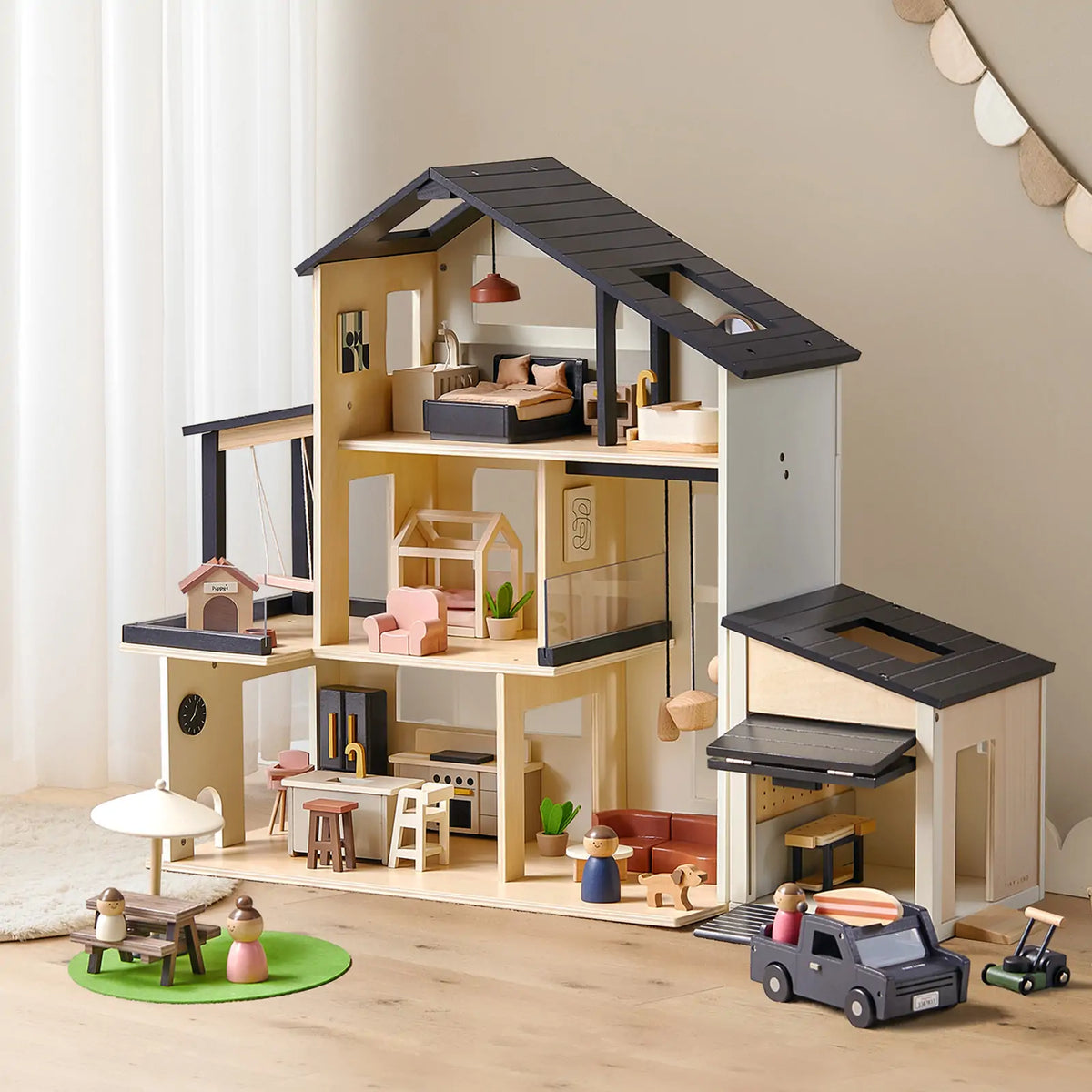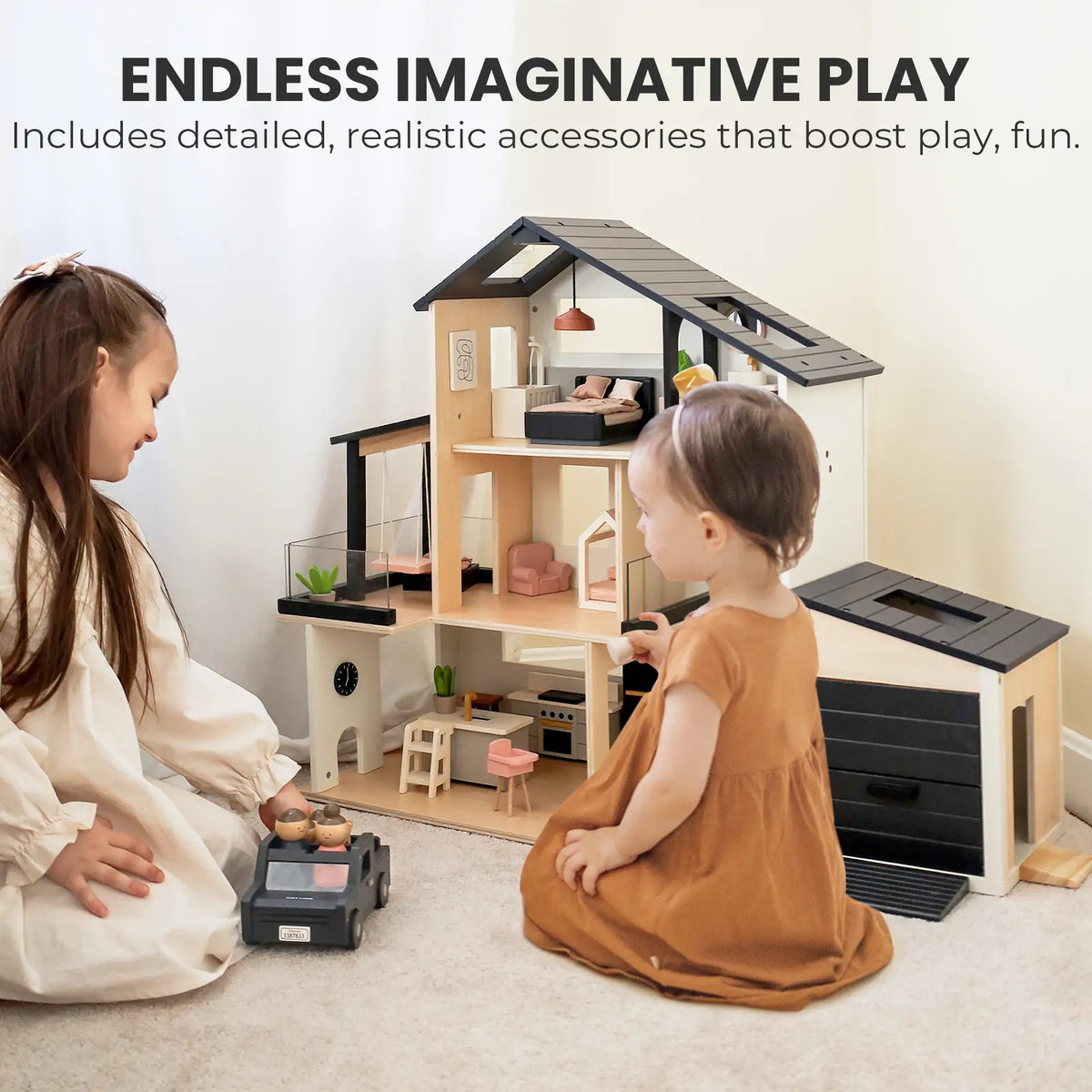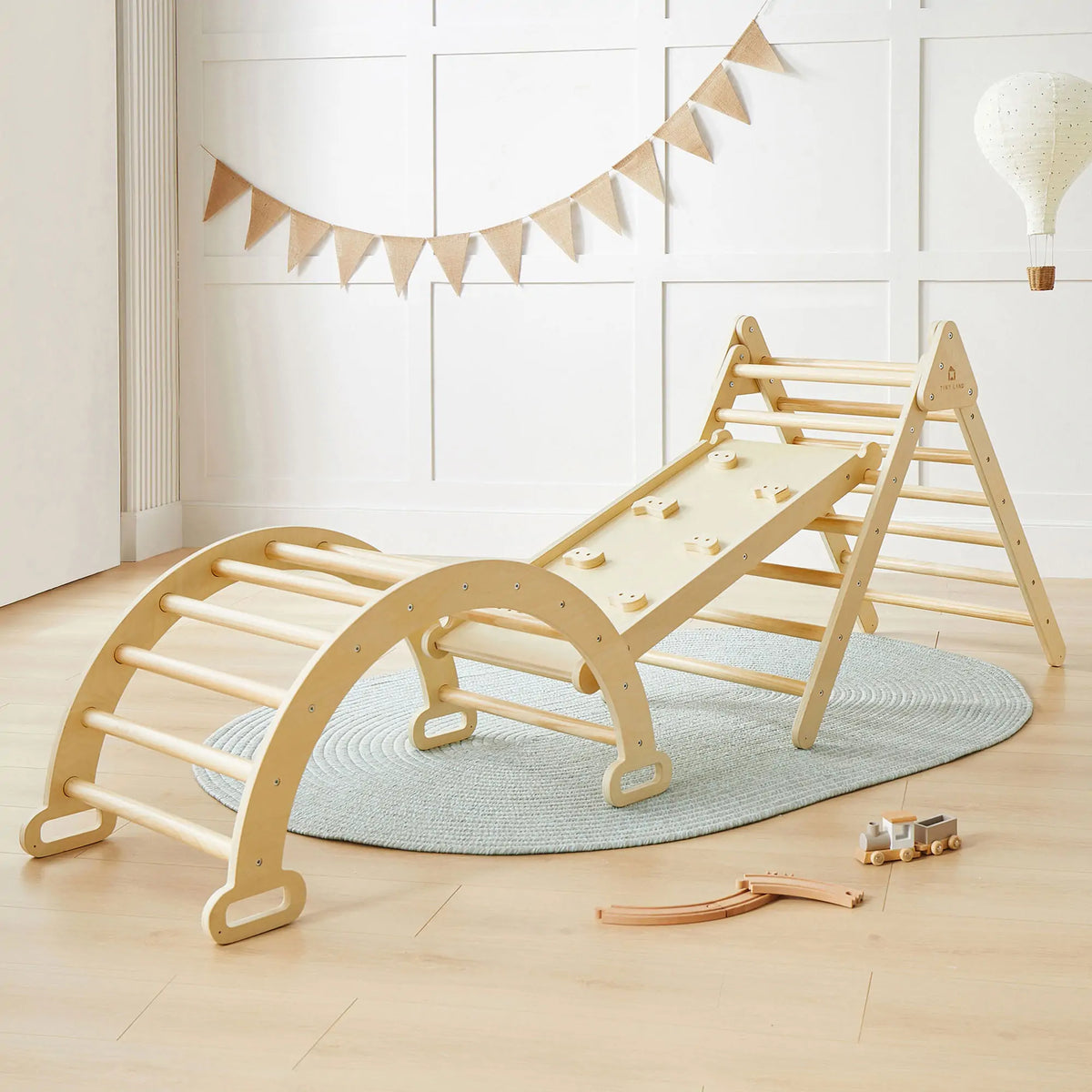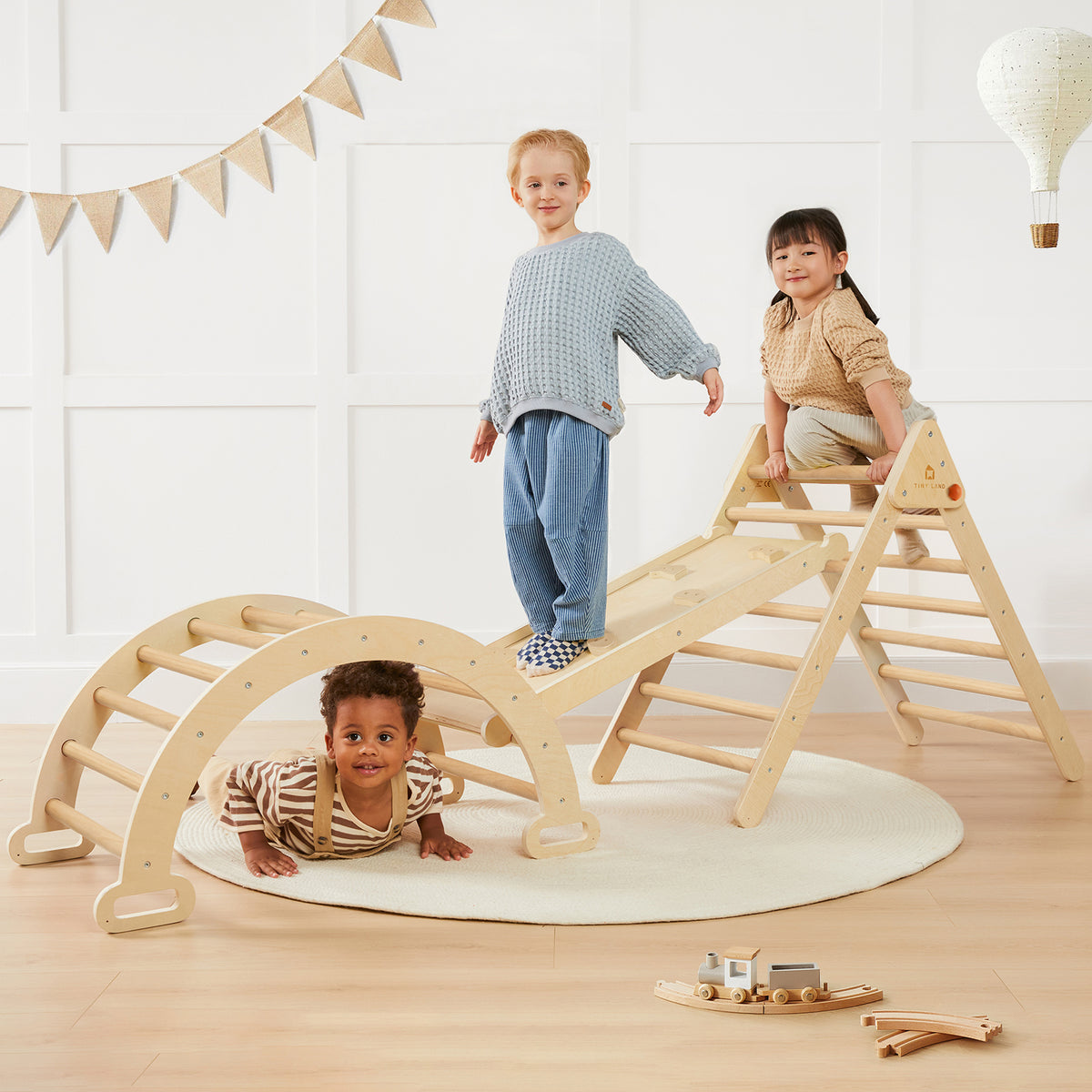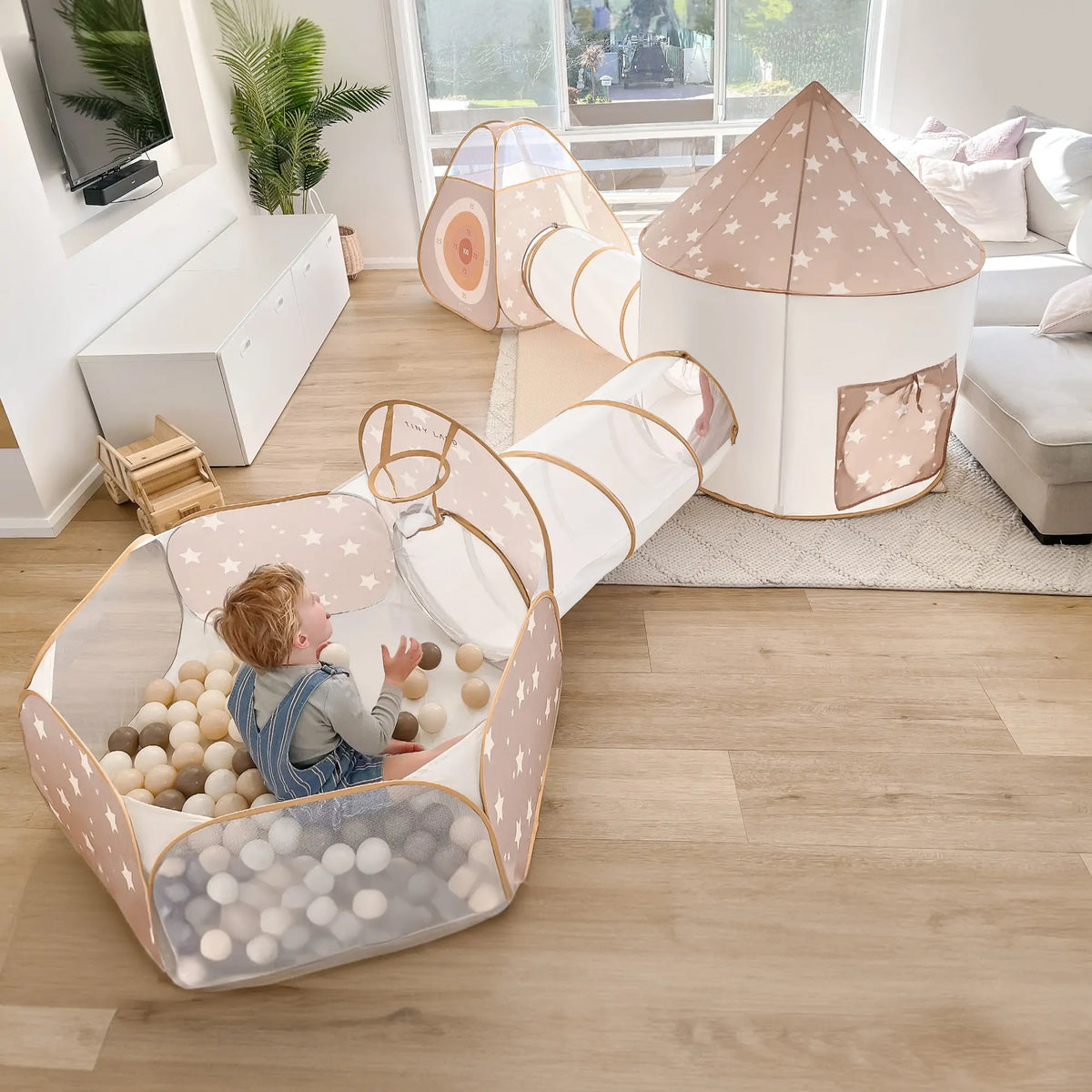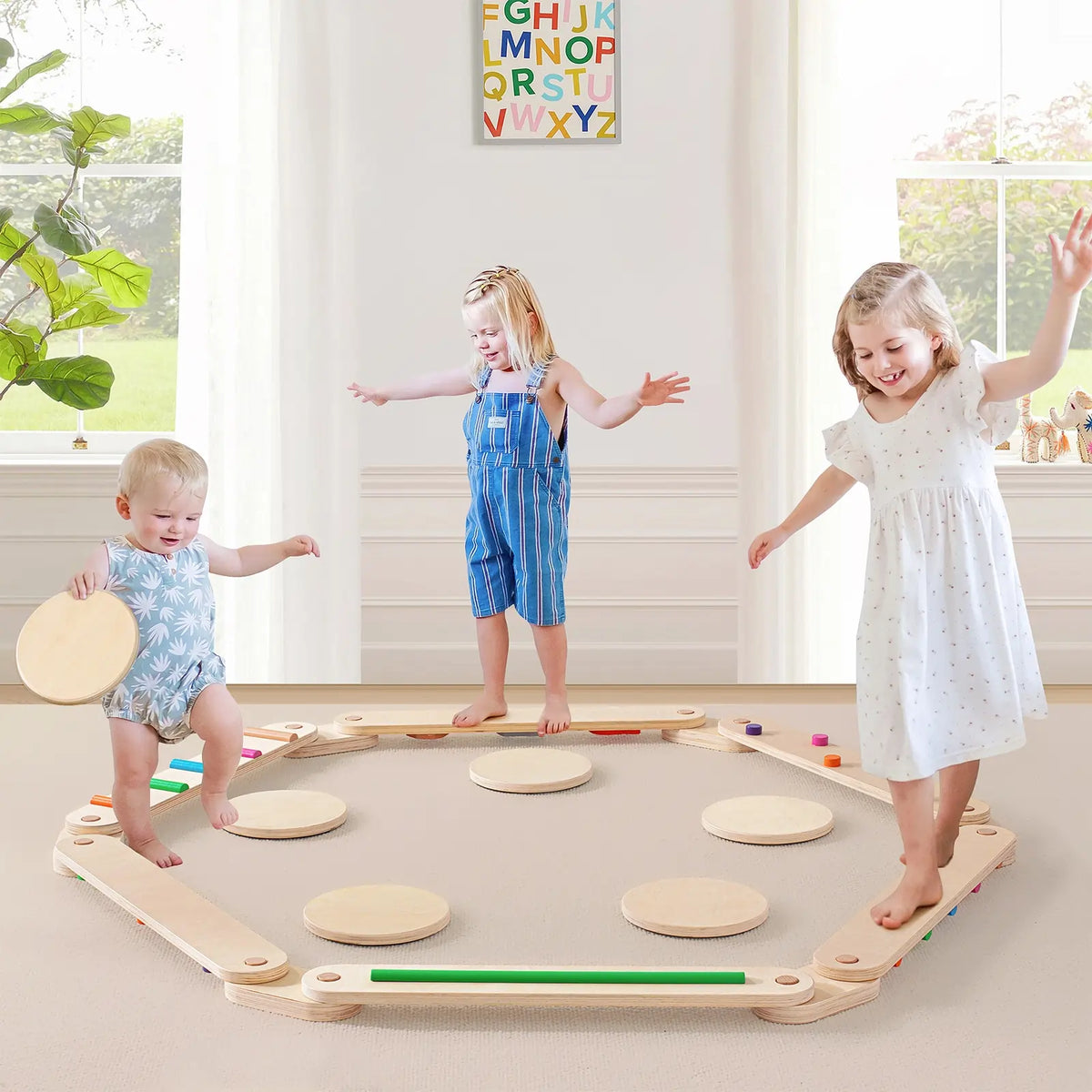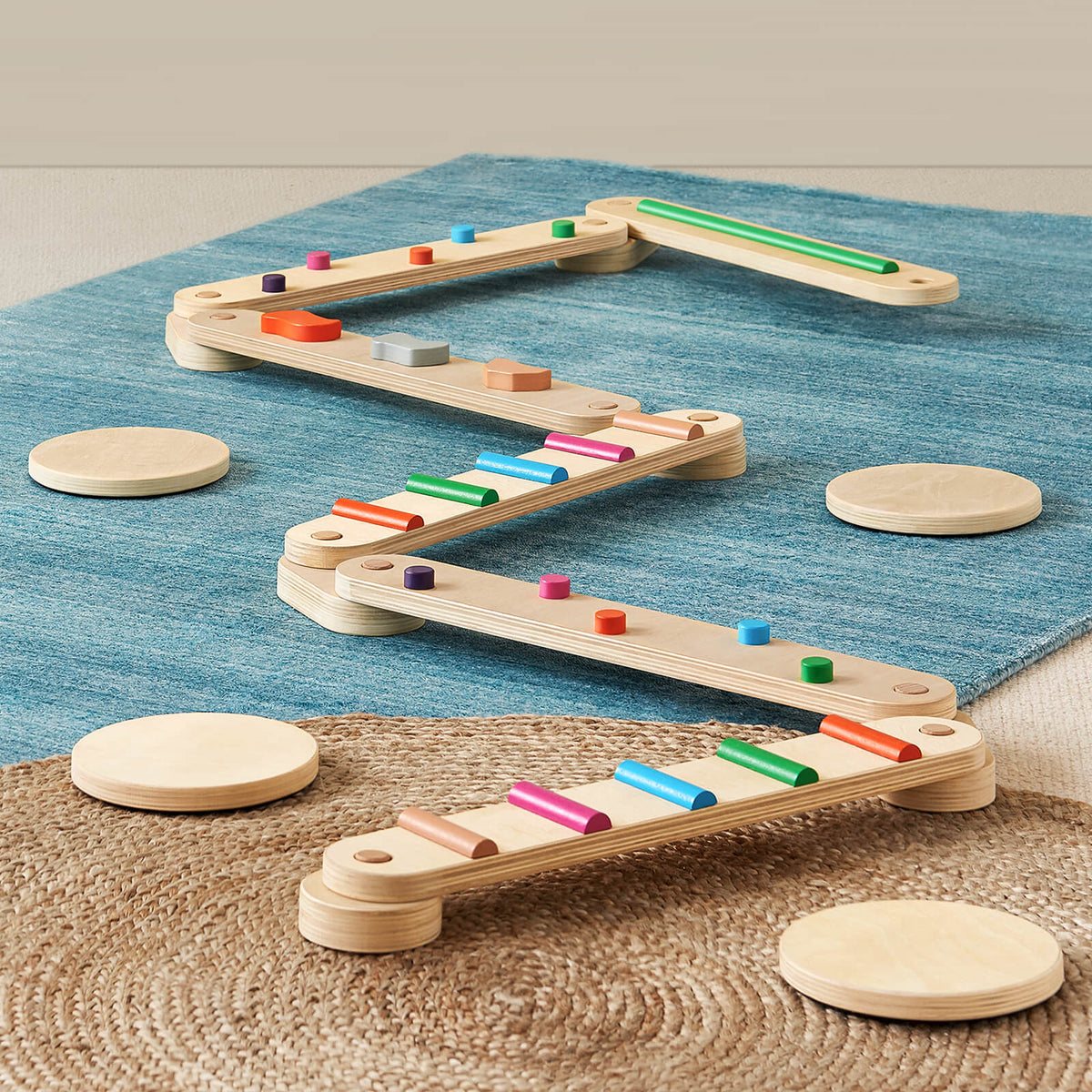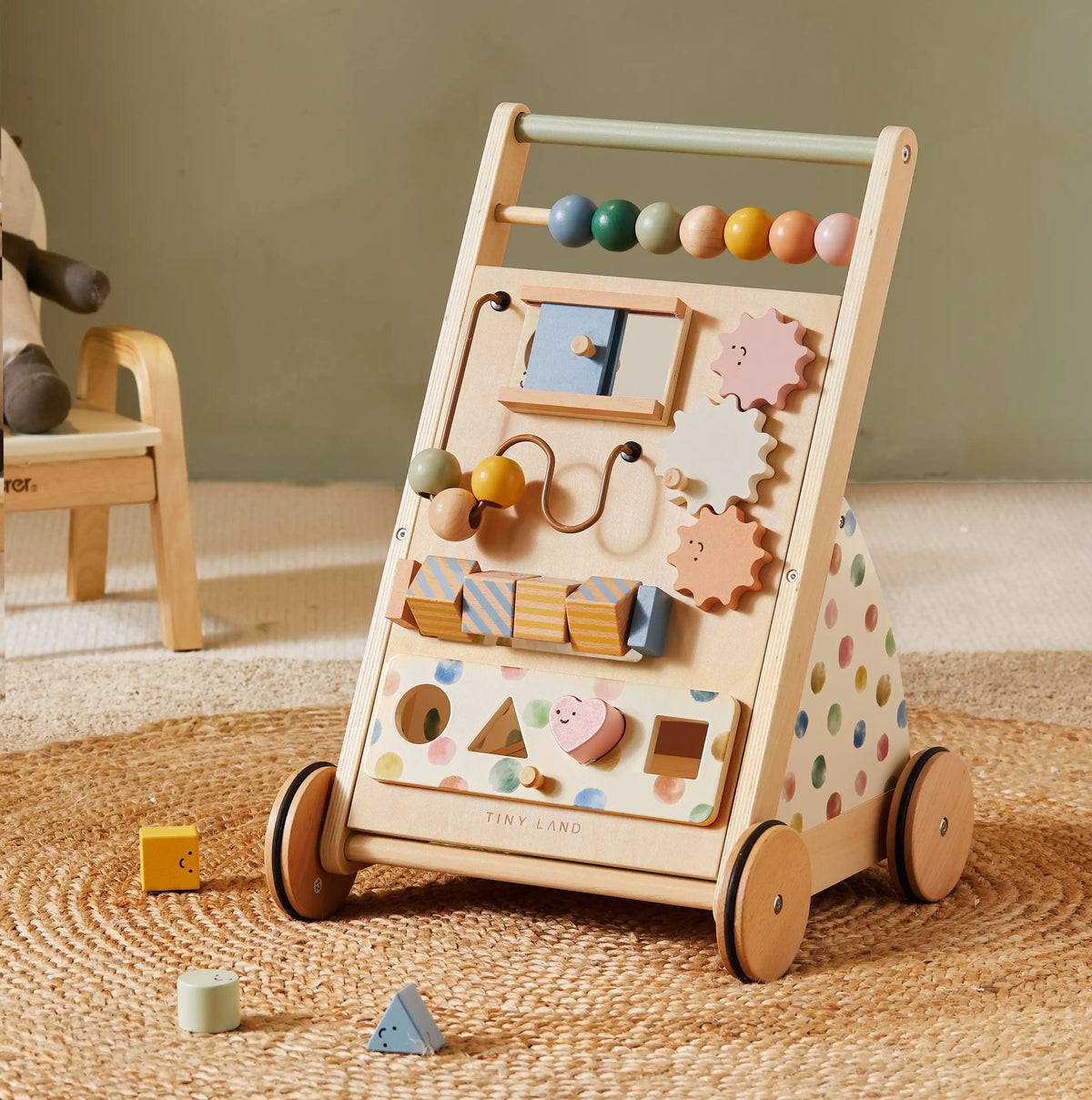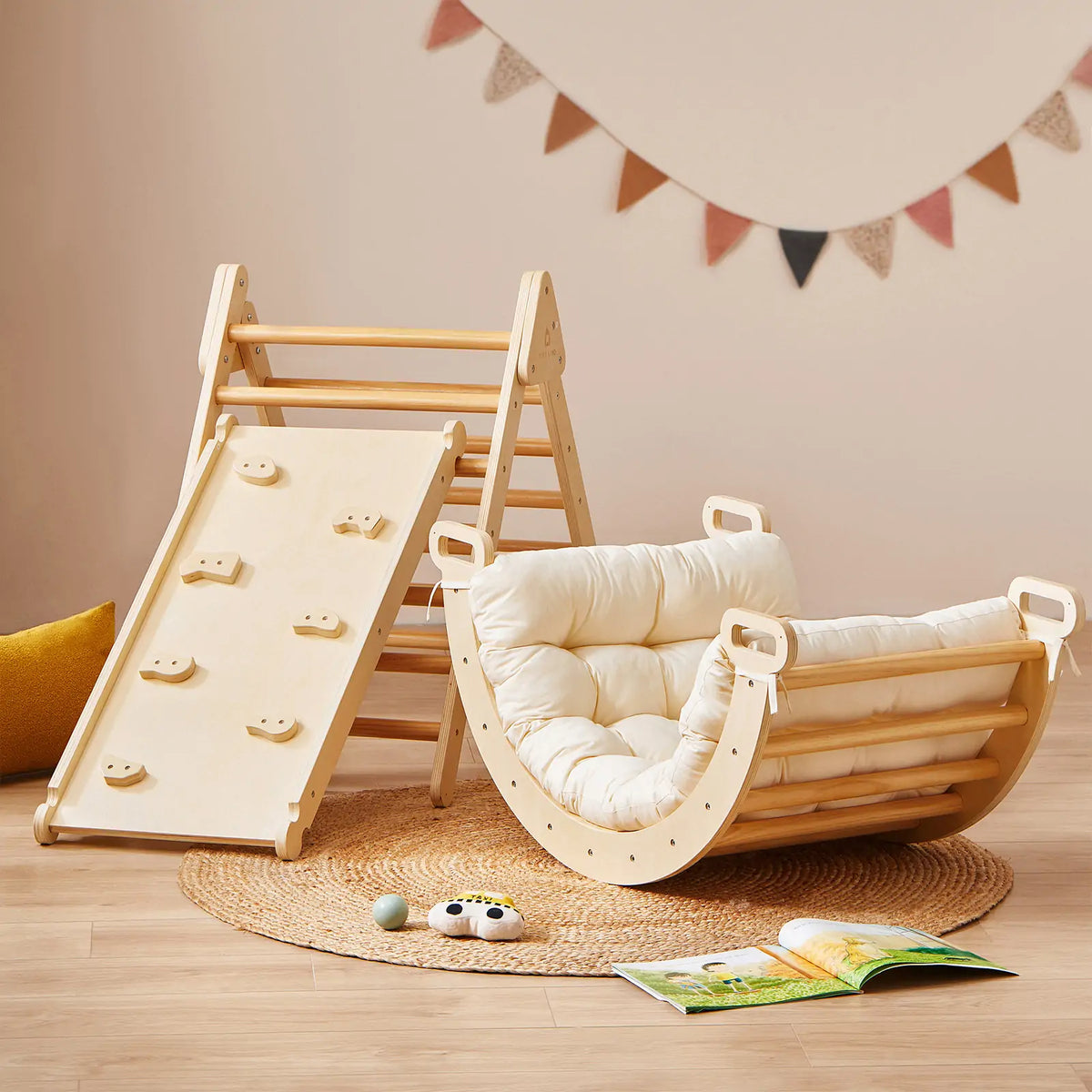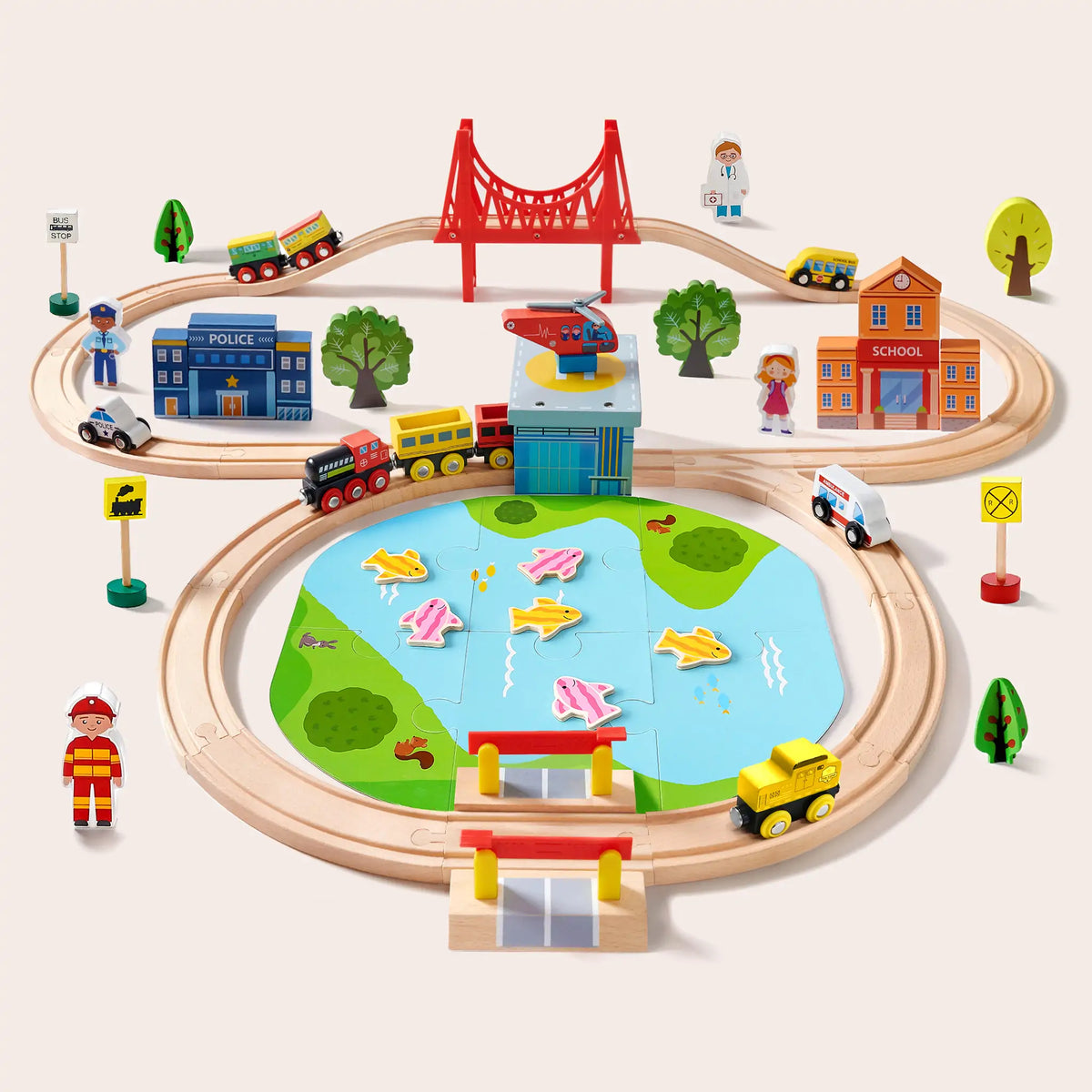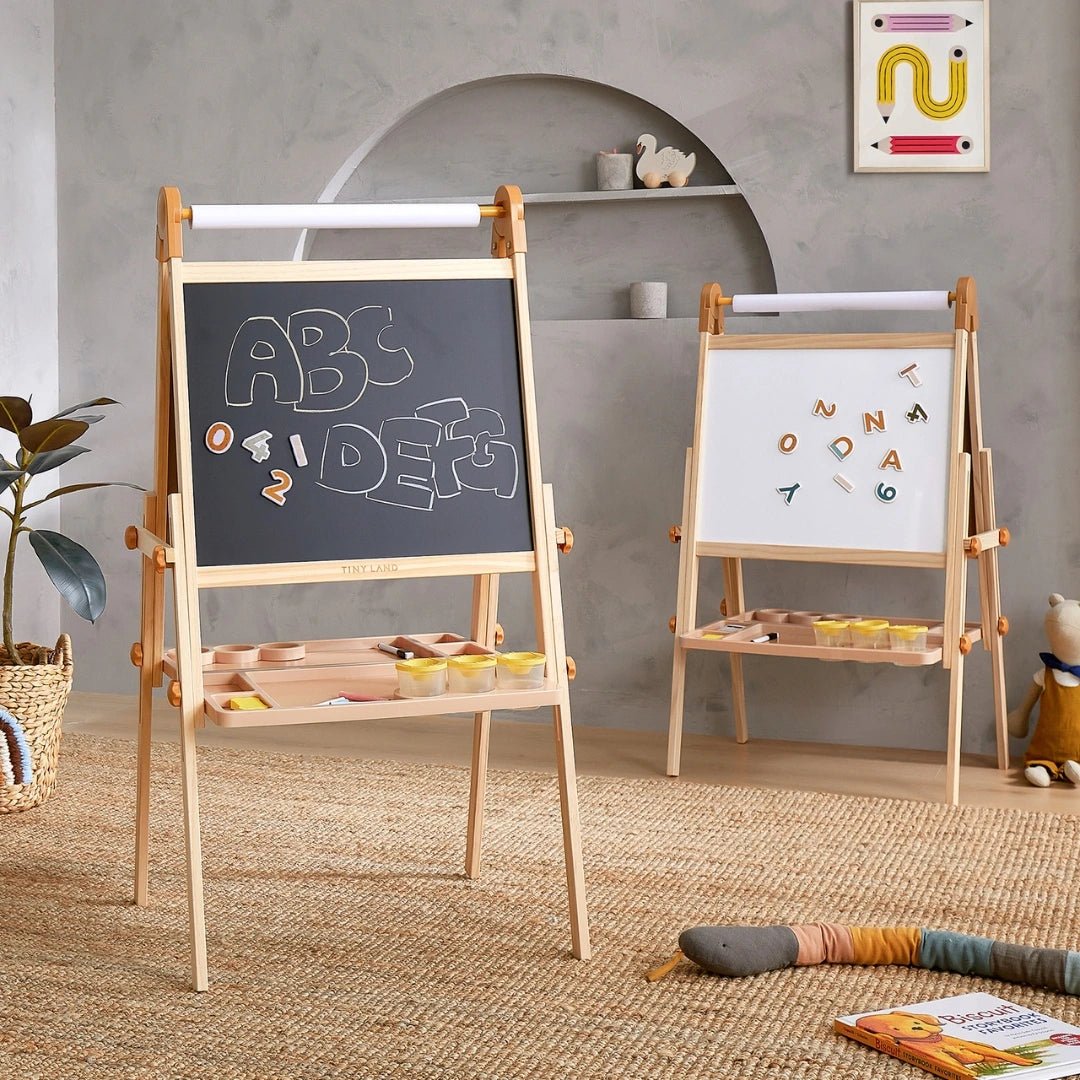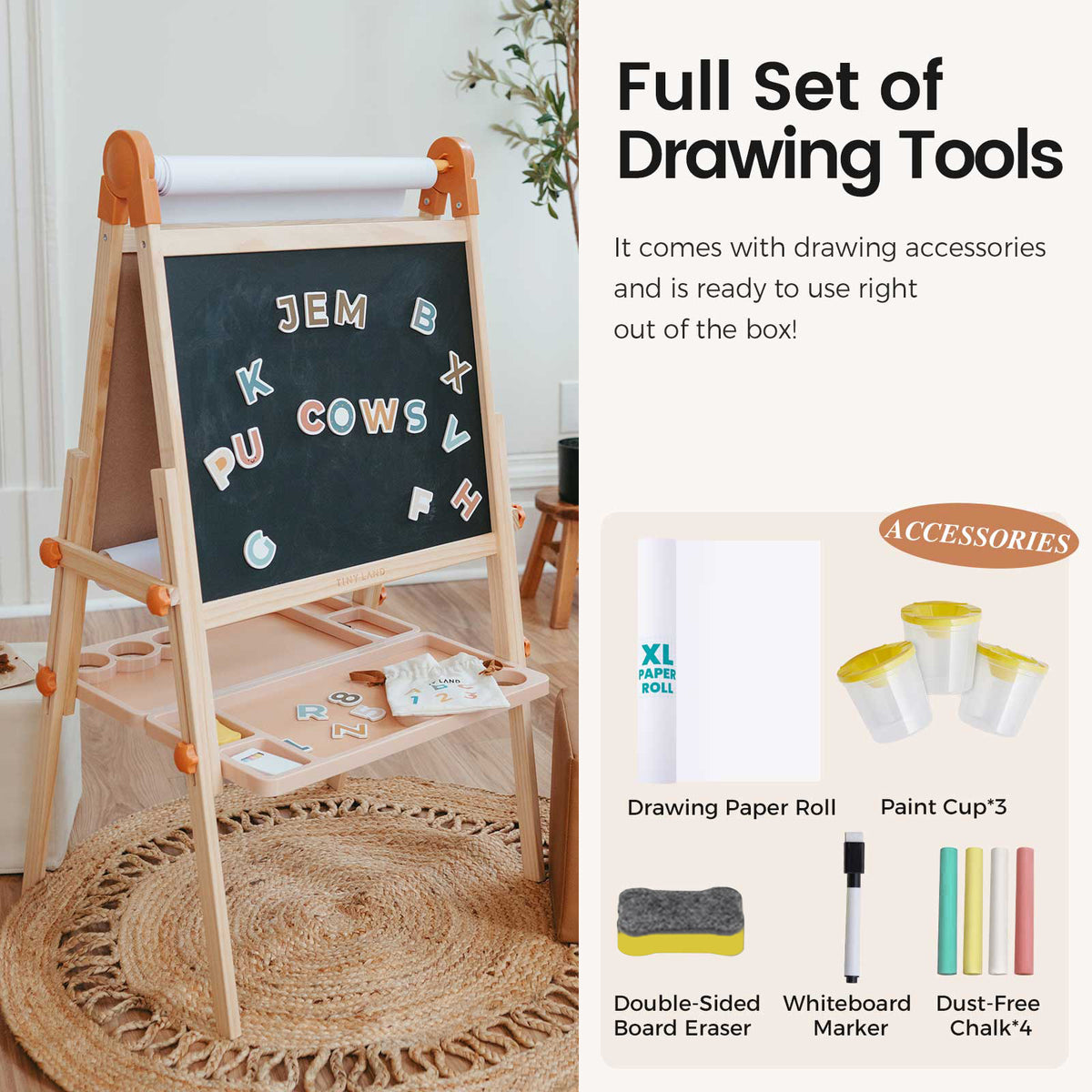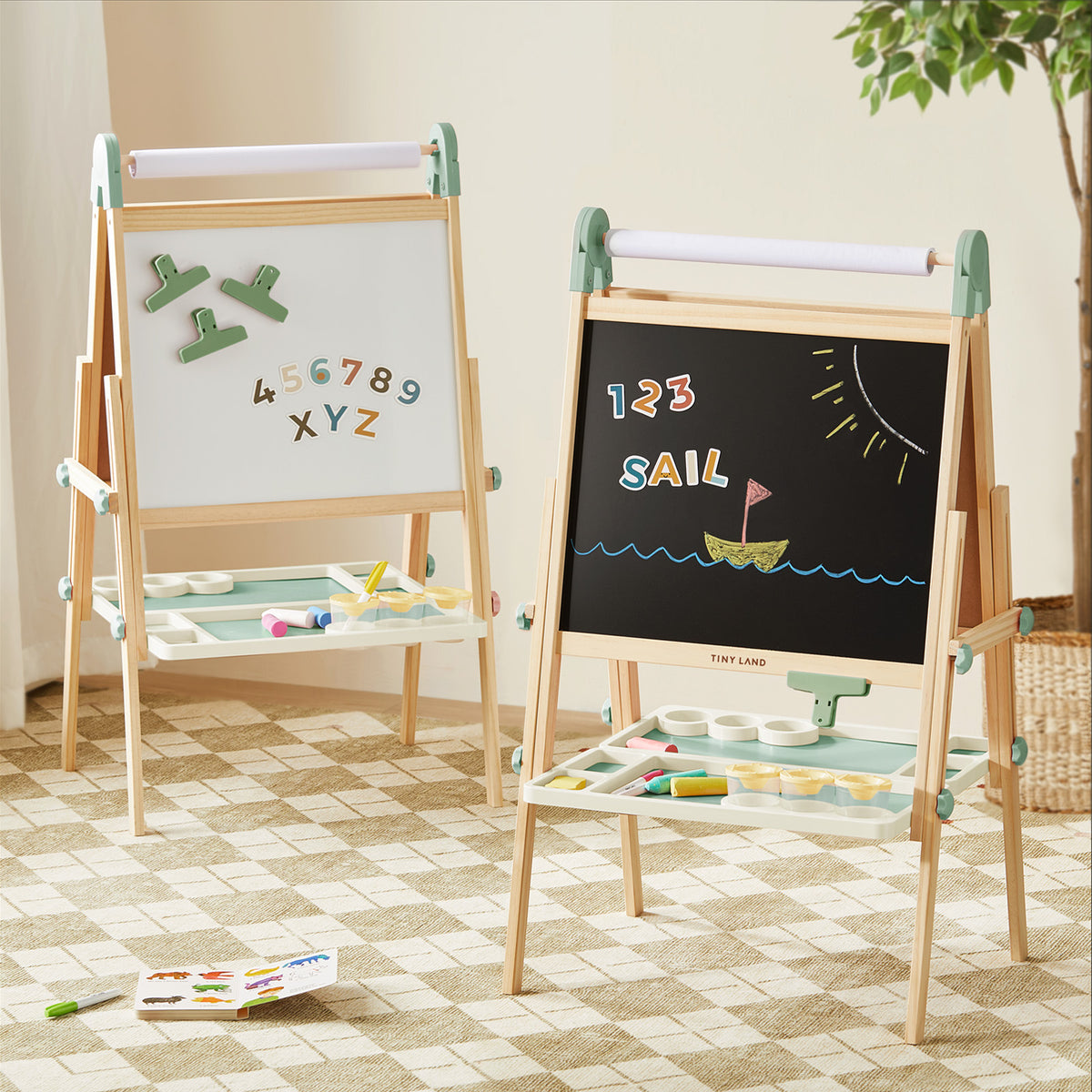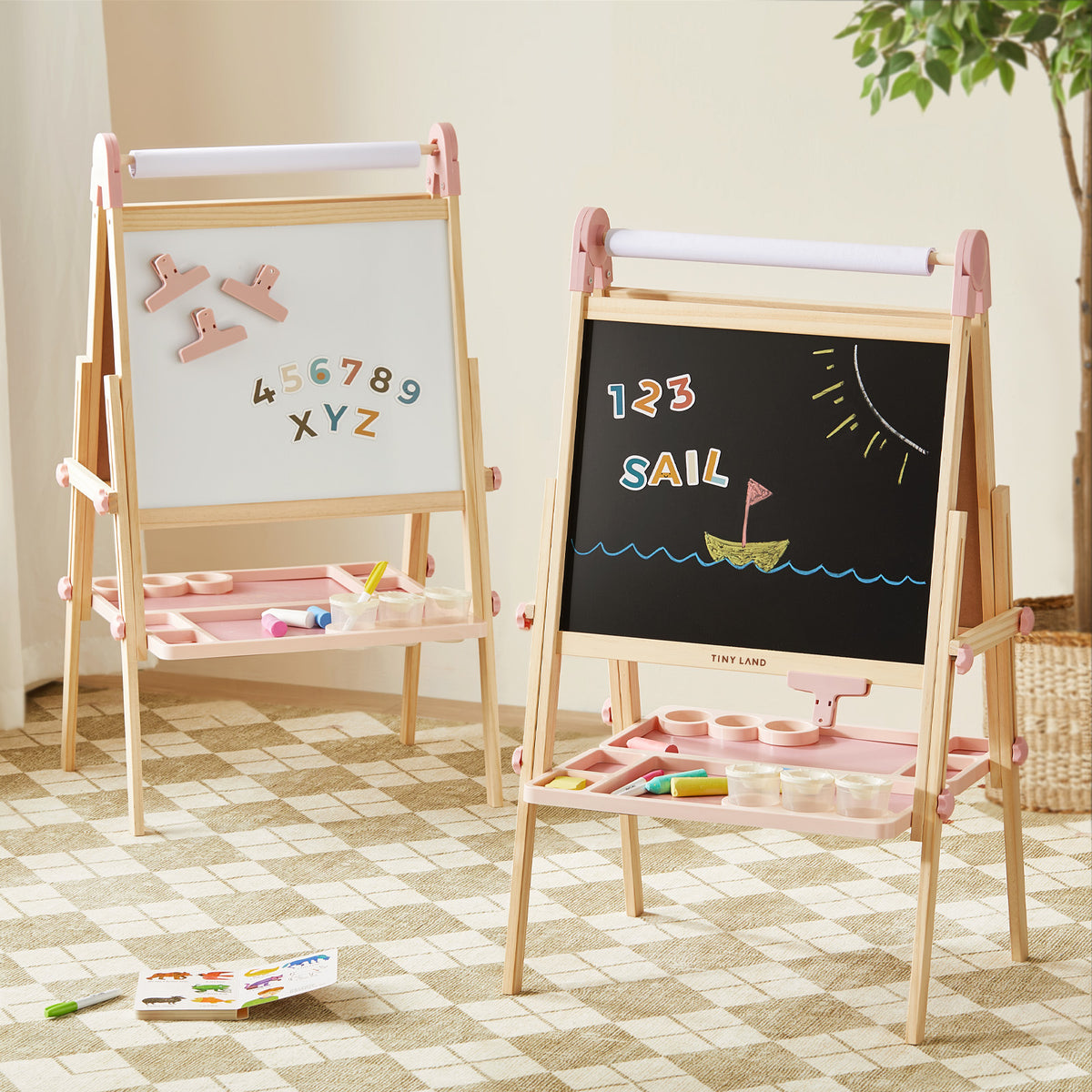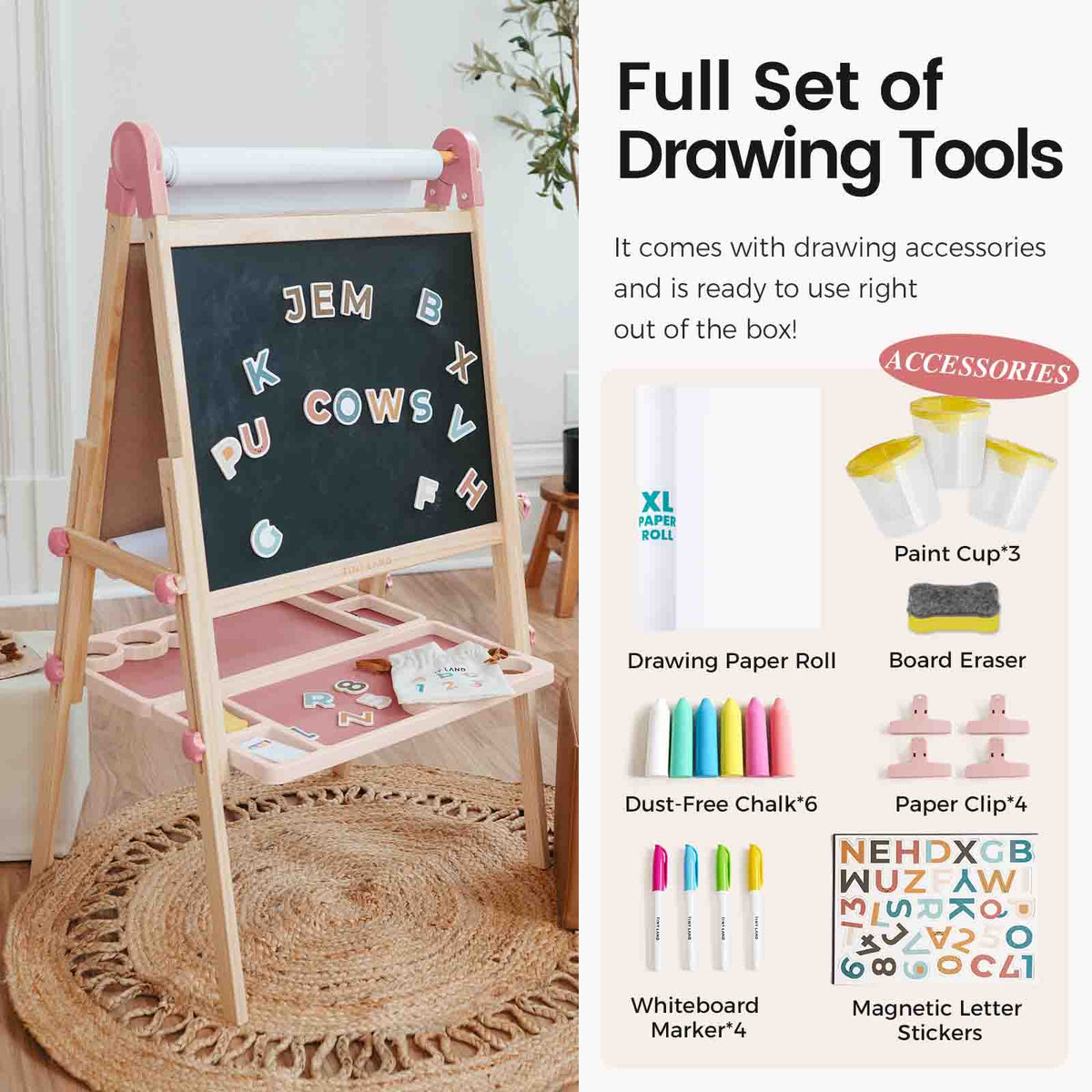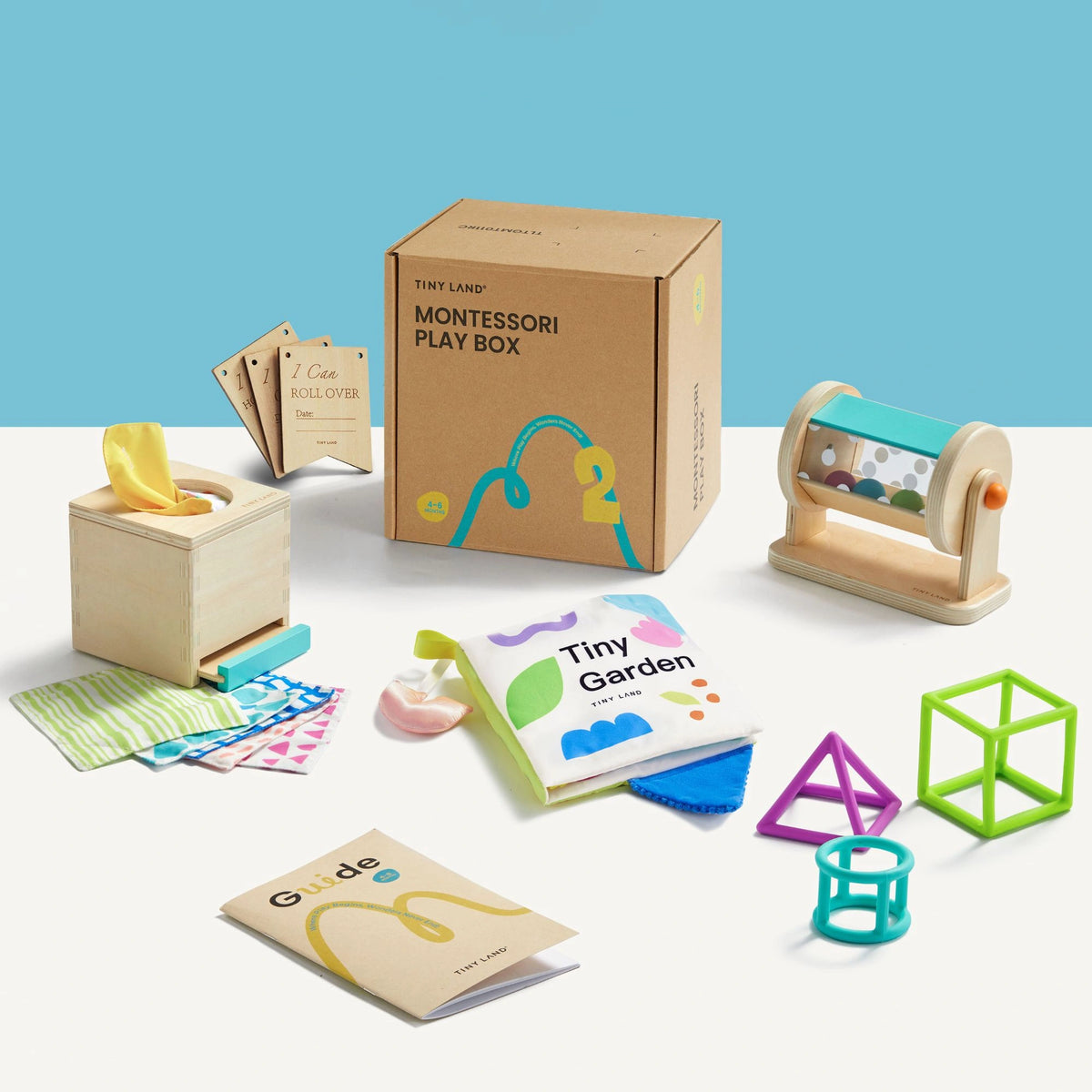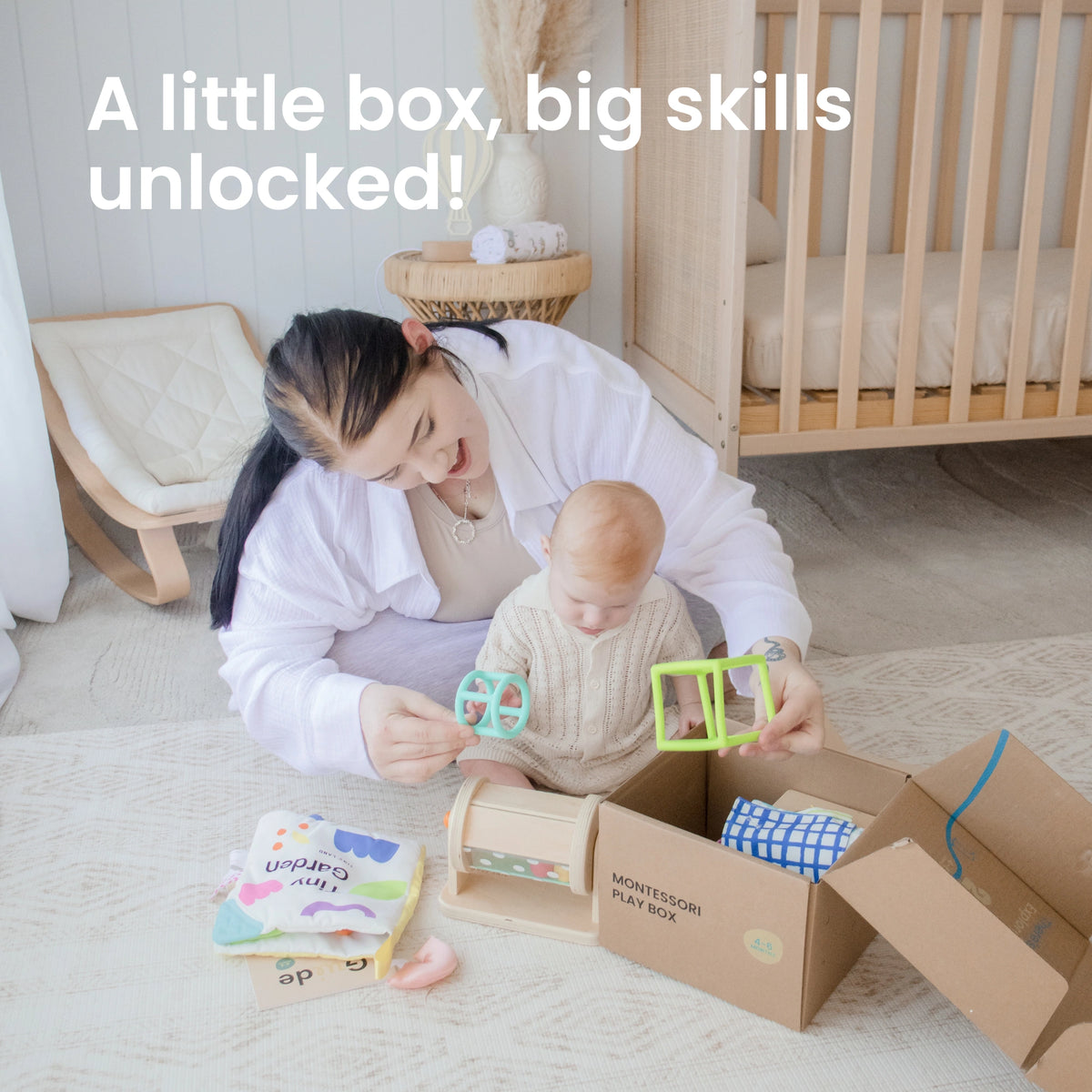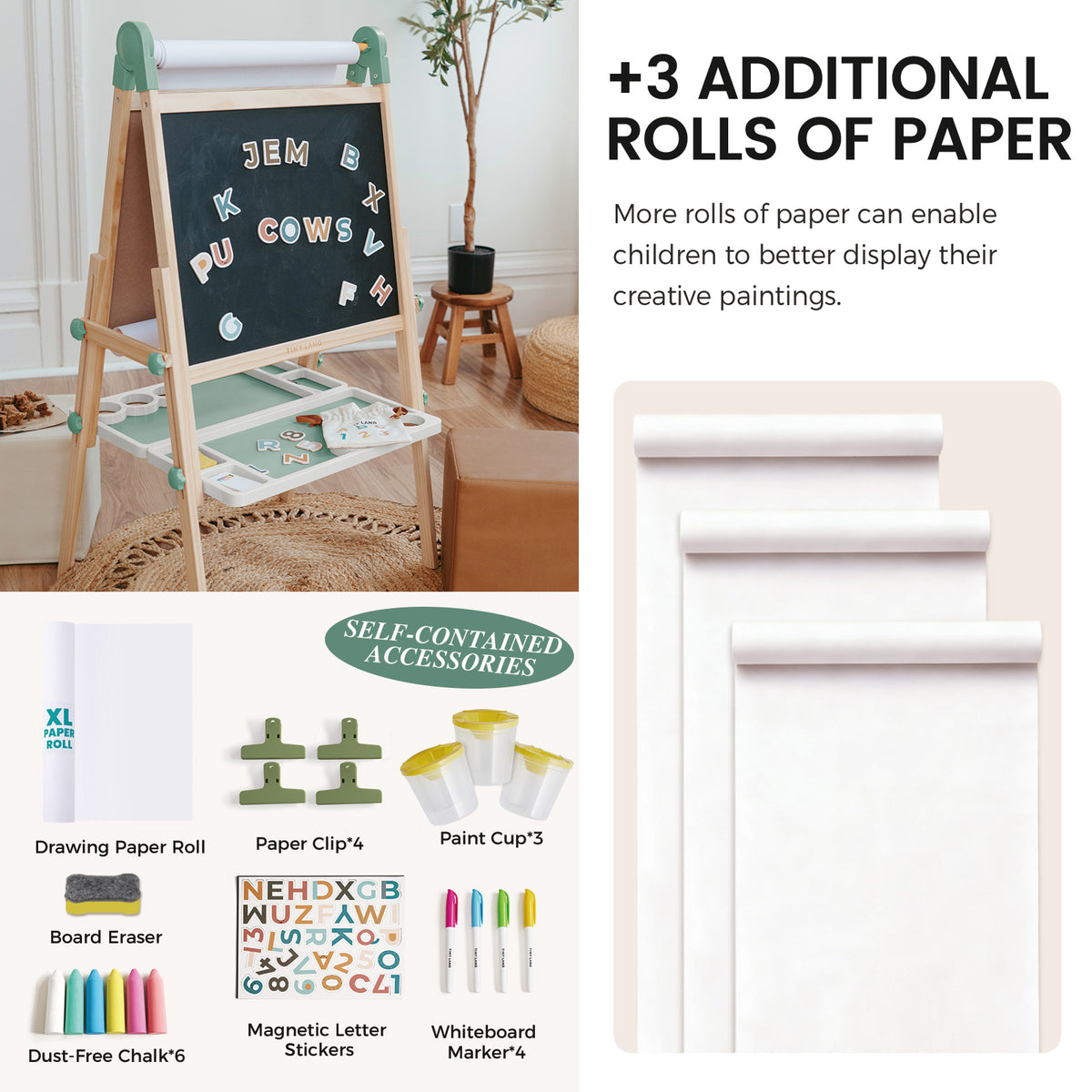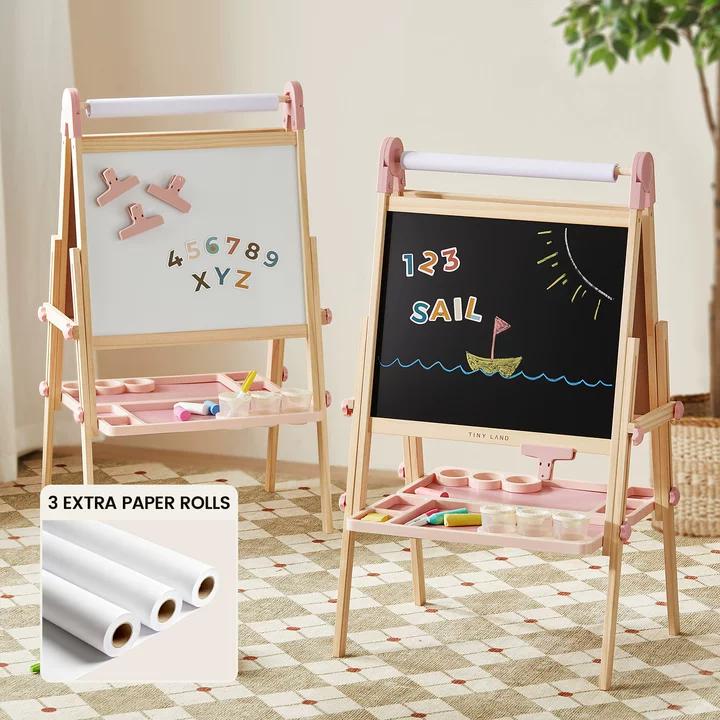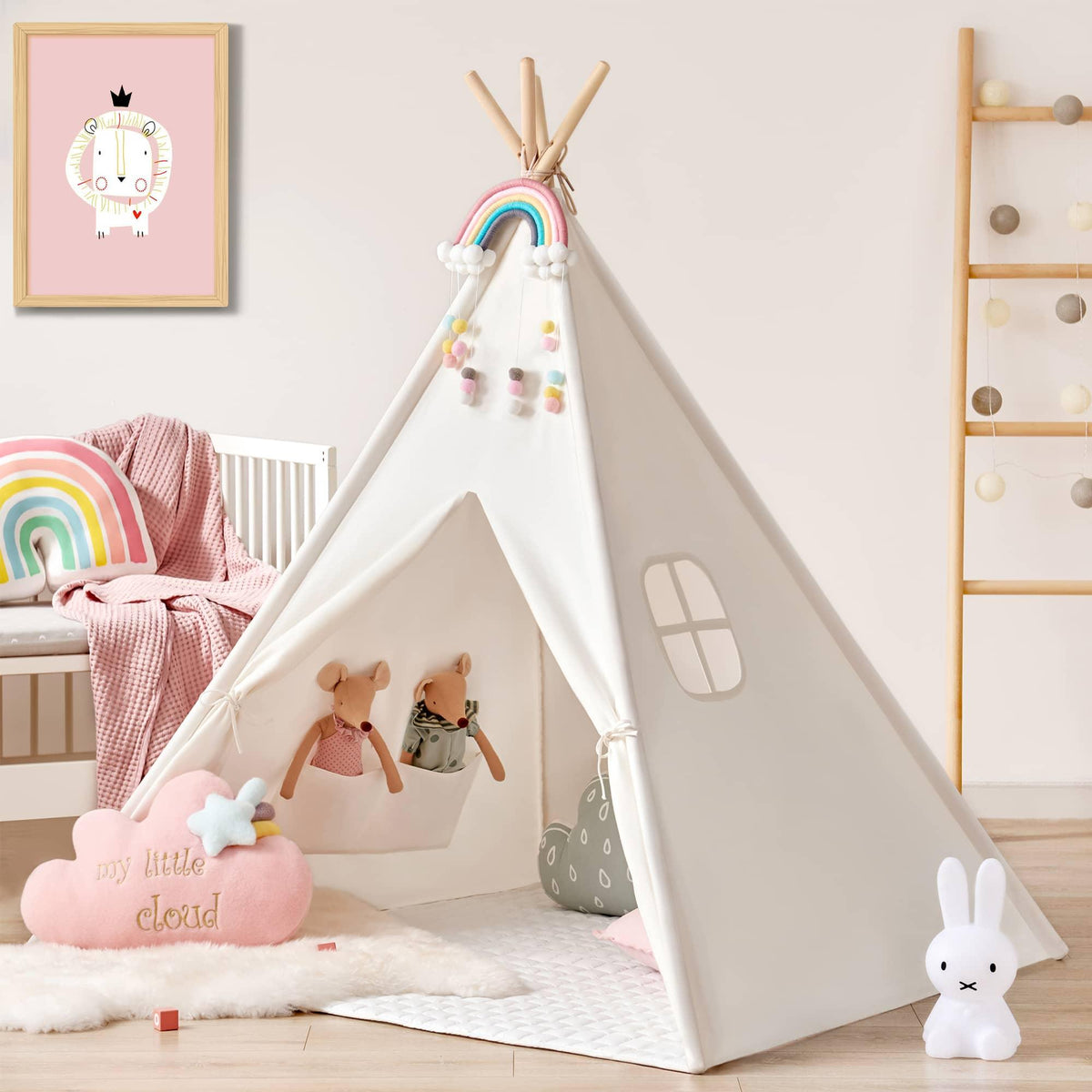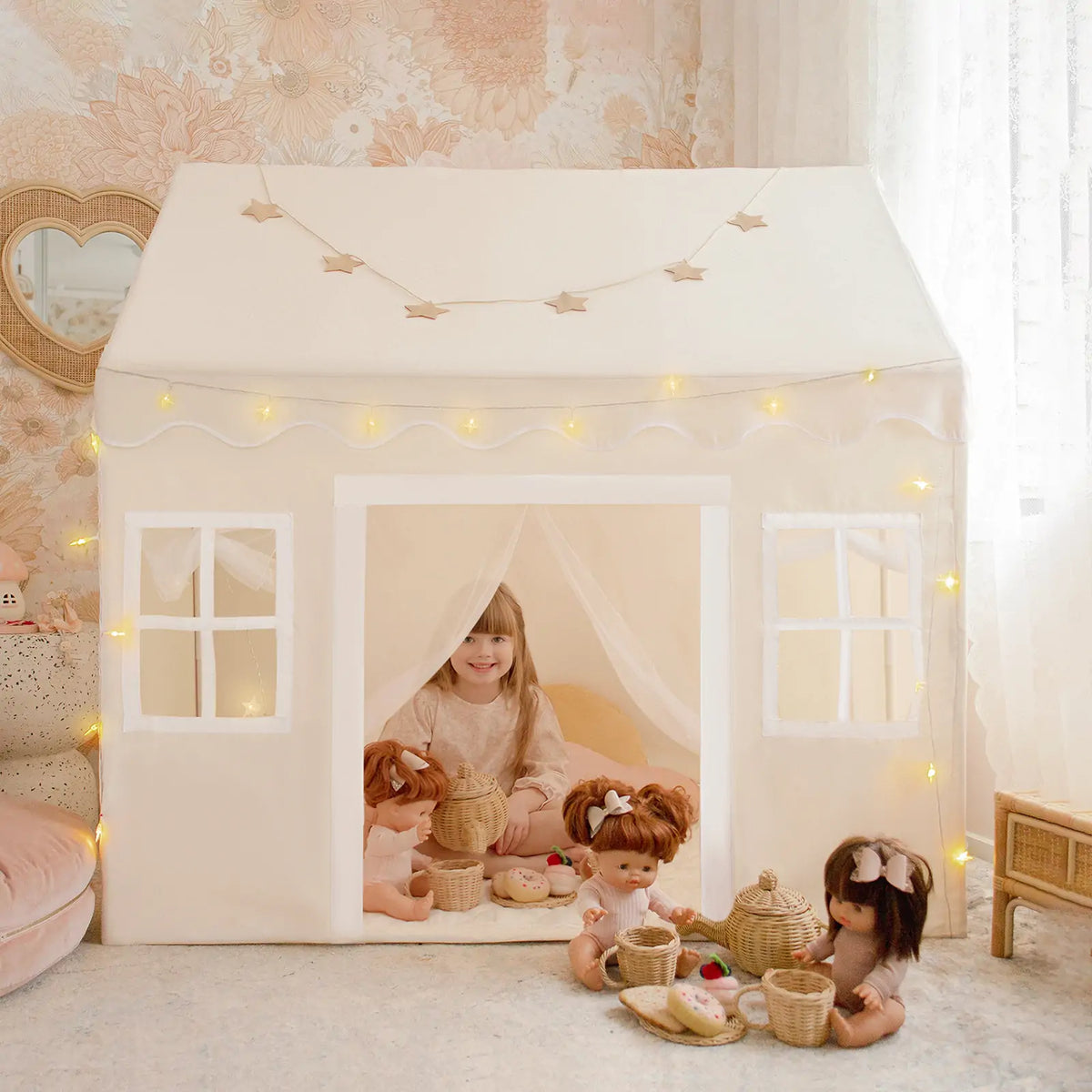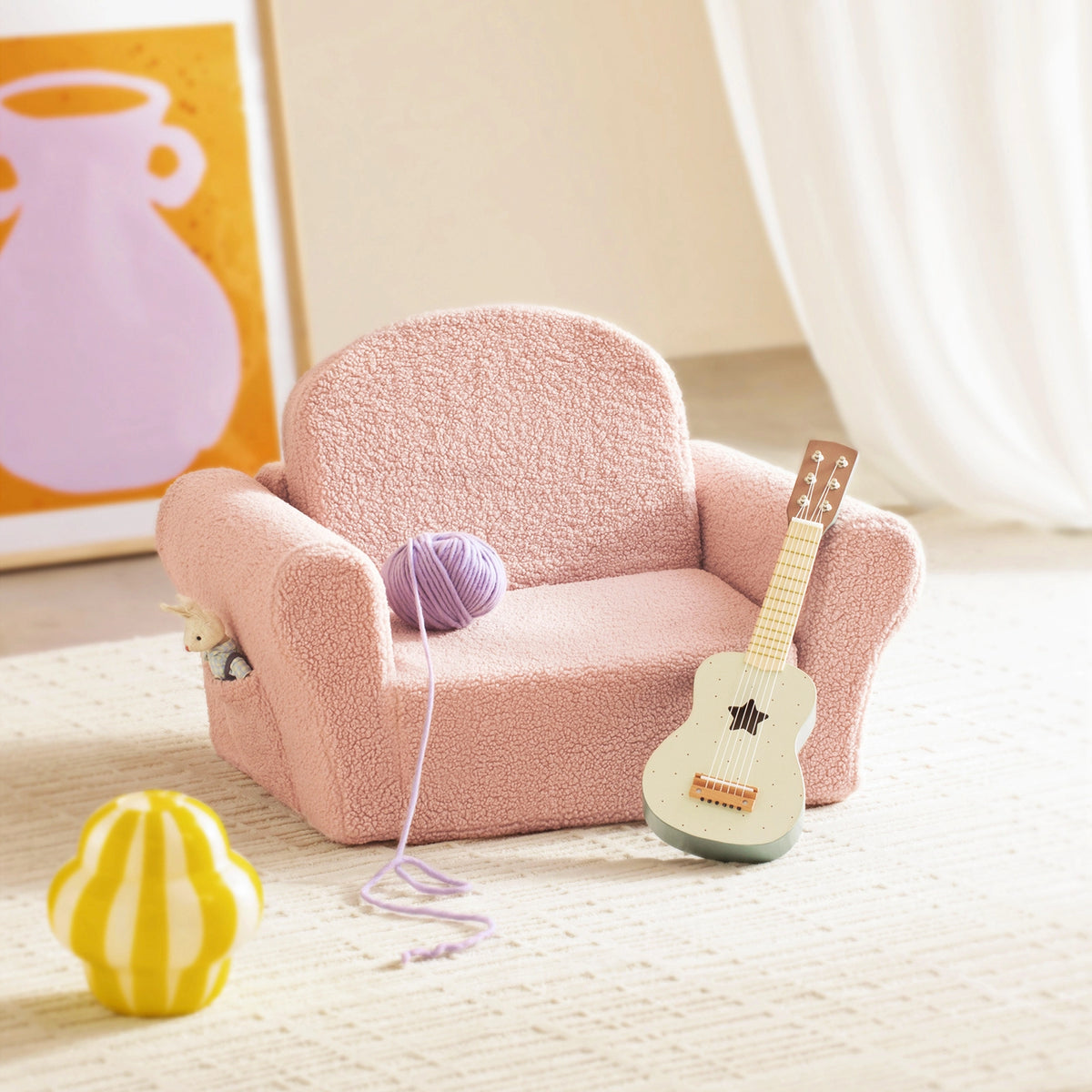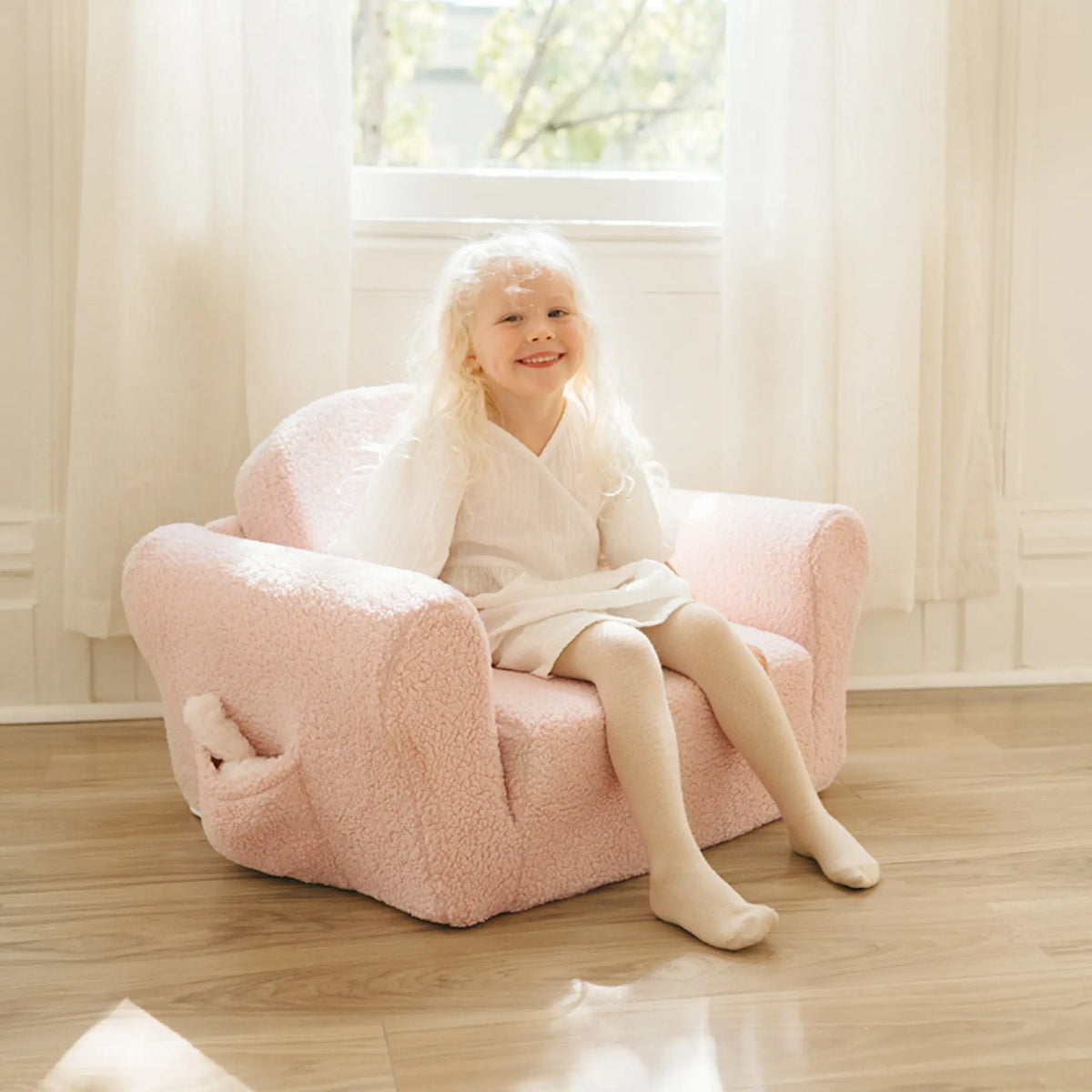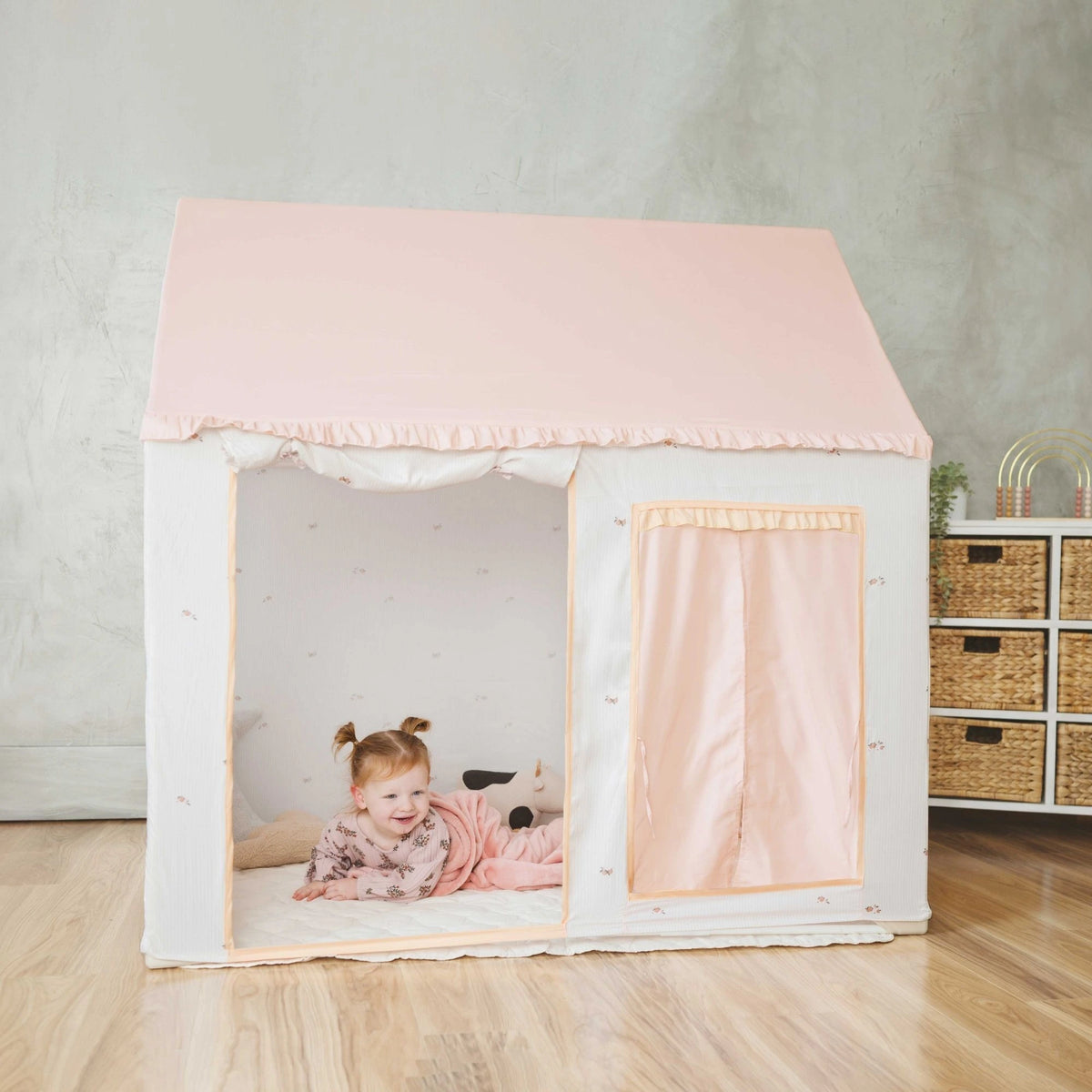When little ones wobble, hop, or stretch to reach something, they’re not just moving — they’re strengthening two of the most essential physical skills for childhood development: balance and coordination. These skills form the foundation for running, jumping, climbing, and even everyday tasks like getting dressed or carrying a toy.

Why Balance & Coordination Matter
Balance is a child’s ability to stay steady and stable, while coordination helps them control how their arms, legs, and body work together. Together, these abilities:
--Reduce the risk of falls and injuries
--Support gross motor skill development, from walking to bike riding
--Boost confidence in active play and social activities
Innovative Balance Play in Action
Climbing Frames with Multiple Challenges
Climbing frames are great tools for building balance, and they come with a variety of ways to play:
--Balanced Bridge: Practice crossing while keeping a steady center of gravity.
--Arch Climbing Frame: Learn to maintain balance on curved structures.
--Triangle Climbing Frame: Stand at different heights to work on balance and coordination.
--Bonus Surprise — Slide: Slide down from the highest point for a thrilling yet safe addition to balance training.
On top of that, the rocking chair can double as a mini swinging pirate ship. The rocking motion gives kids a playground-like challenge, helping them naturally build balance while enjoying adventure and fun.

Stepping Stones with Endless Paths
Balance play isn’t just about stepping from one stone to another. By arranging stepping stones into different routes — winding paths, zigzags, or varying heights and widths — children learn to stay steady while figuring out the best way to move. They practice how to adjust their pace, shift their weight, and react to different challenges.
On top of that, hopping between stones in various combinations adds endless fun and playful challenges, turning every step into a confidence-building adventure.
 Creative Balance Bike Play
Creative Balance Bike Play
What looks like a simple balance bike is actually a playground for creativity and coordination. Add small obstacles, like stepping stones as “imaginary roadblocks,” and kids need to steer, control their speed, and maintain balance.
When paired with themed play — for example, delivering “pretend groceries” or navigating a “forest trail” — balance practice becomes story-driven and fun, while also developing spatial awareness and body control.
While enjoying these playful activities, parents should stay close to supervise, ensuring safety while also fostering trust and connection within the family.

Why Innovation Matters
--Keeps kids engaged: With varied and imaginative play, balance practice happens naturally without boredom.
--Develops multiple skills at once: Creativity and physical coordination grow together.
--Encourages parent involvement: Story-driven and playful scenarios make it fun for parents to join in and guide safely.
Parent Tips for Encouraging Balance
--Create an indoor “challenge course”: As the weather turns colder, move play indoors. Use cushions, furniture, or safe props to simulate different terrains and obstacles.
--Incorporate storytelling: Guide children through playful scenarios like “the little boat must stay steady to cross the river.”
--Let kids make their own rules: Giving them autonomy boosts engagement, decision-making, and confidence.
Balance isn’t just a skill — it’s a journey. When paired with imaginative, innovative play, children not only learn to stay steady but also build resilience, creativity, and confidence along the way. By turning everyday movement into playful challenges, parents can help their children develop essential physical skills while having fun together.



